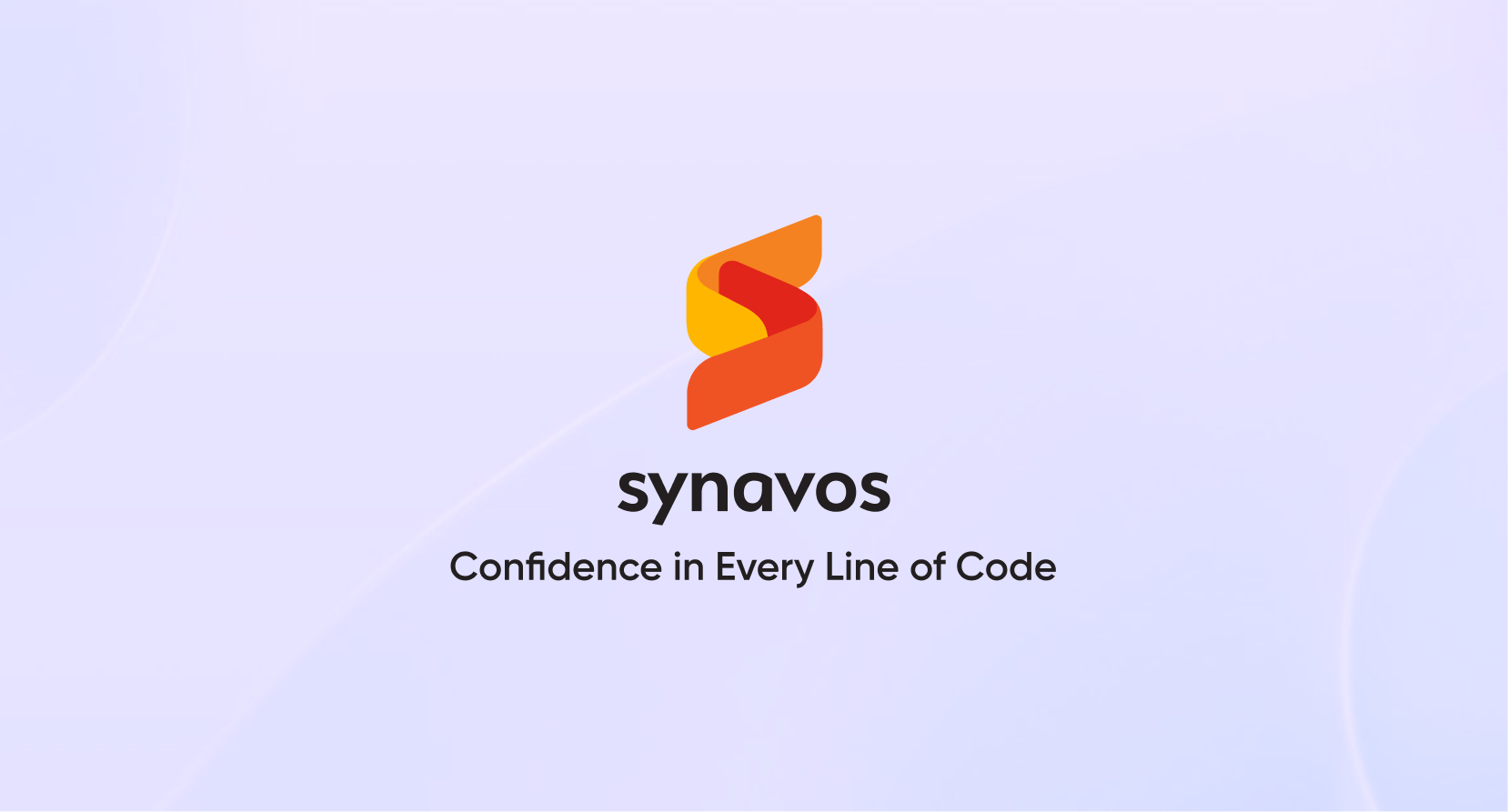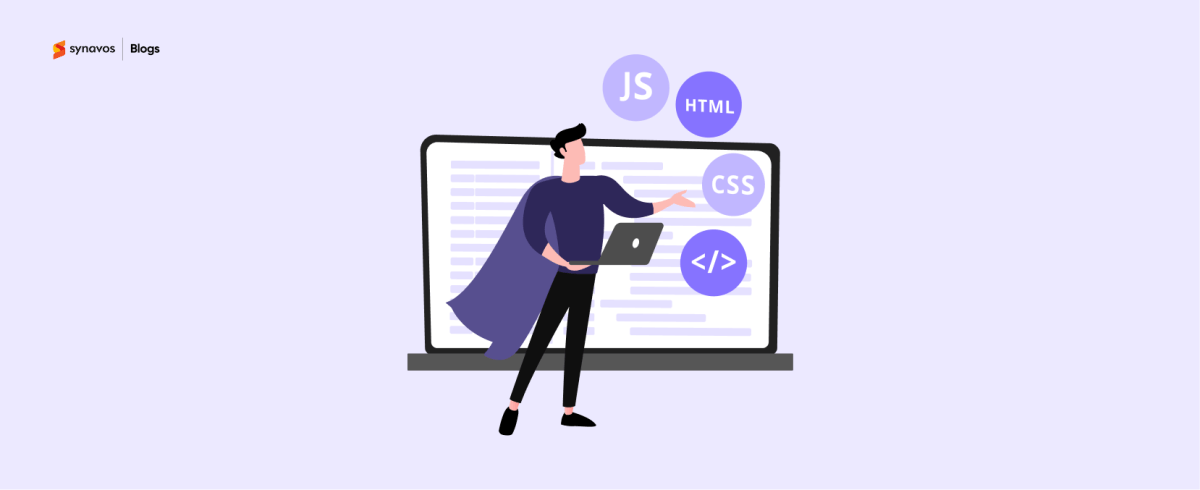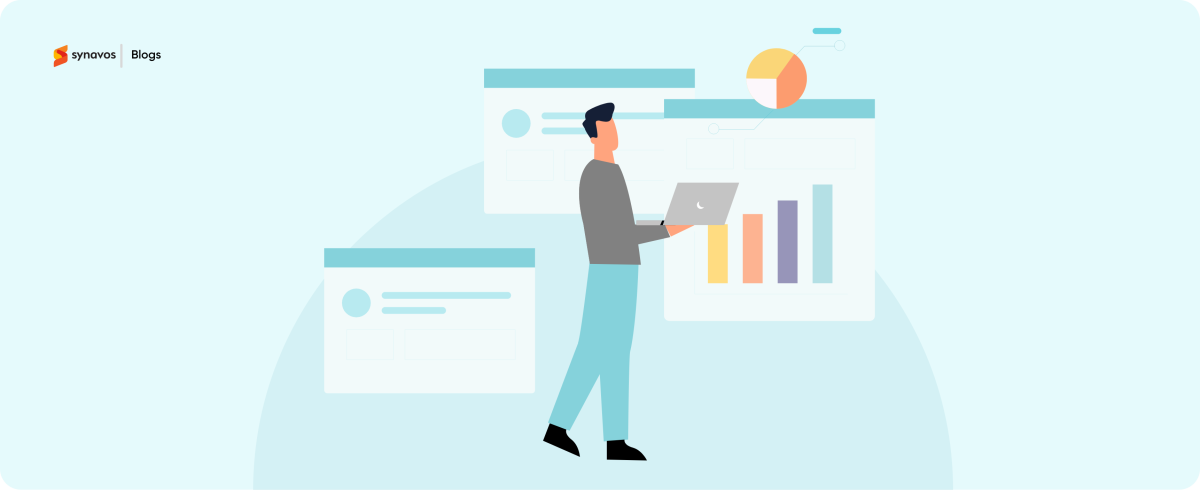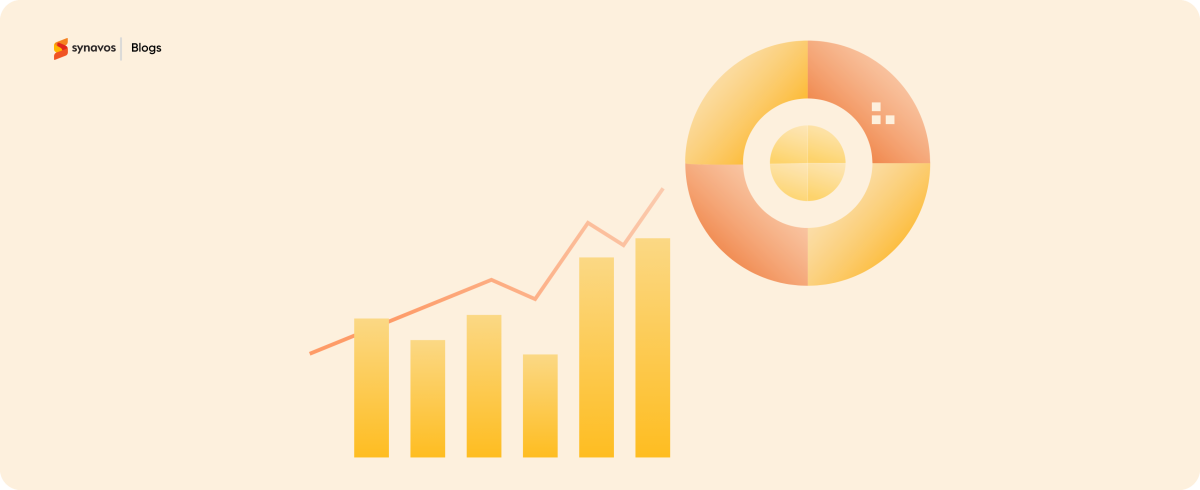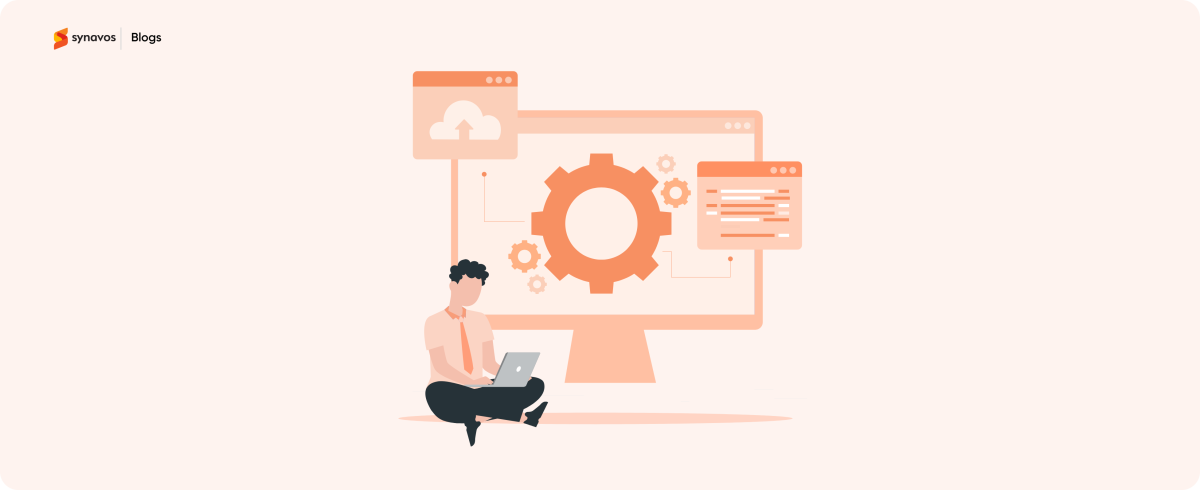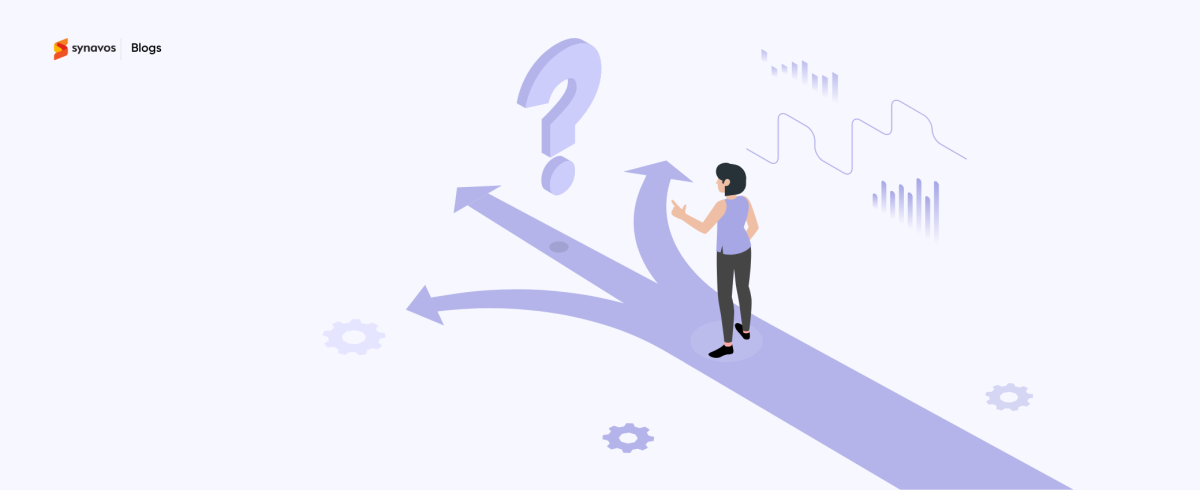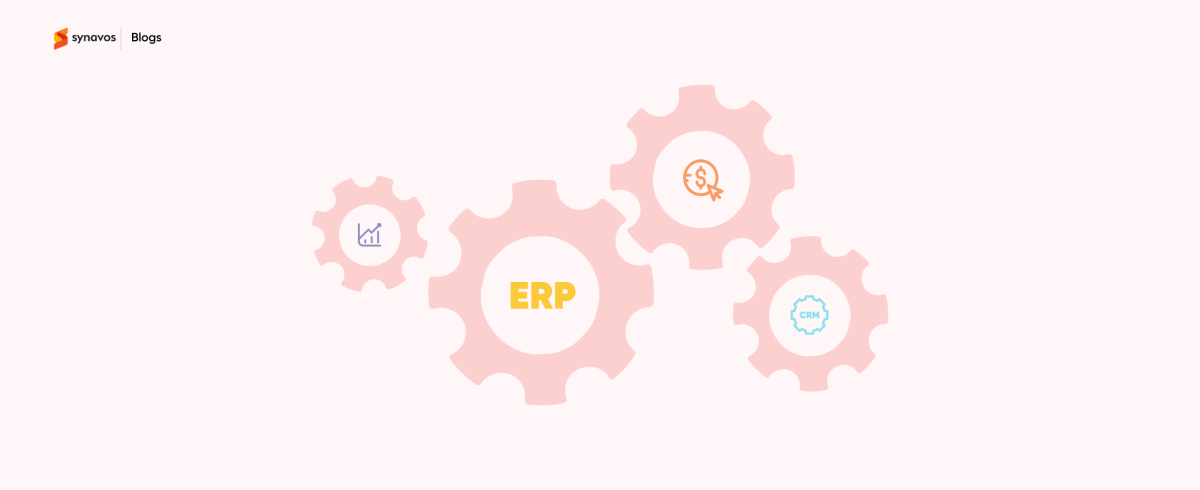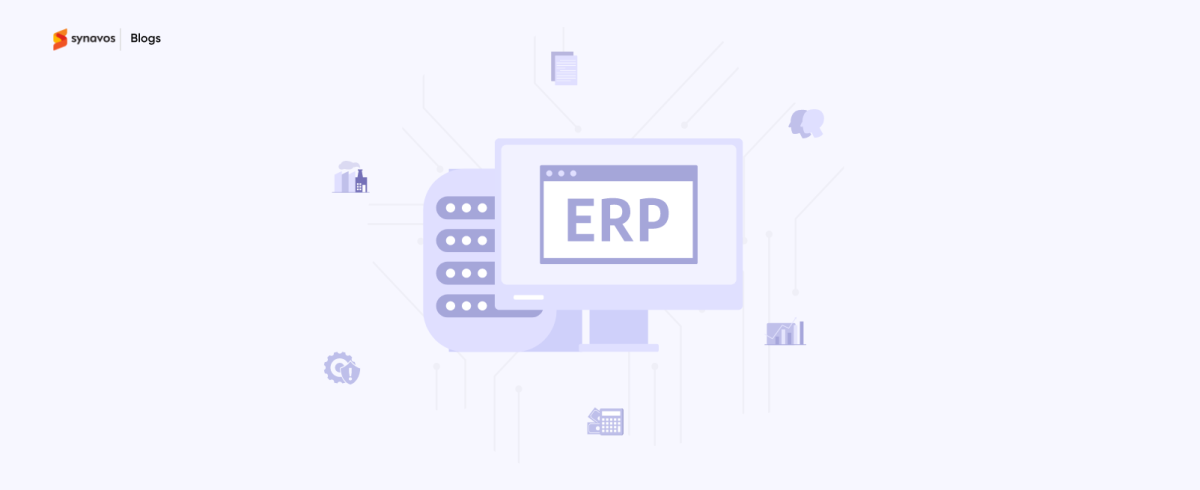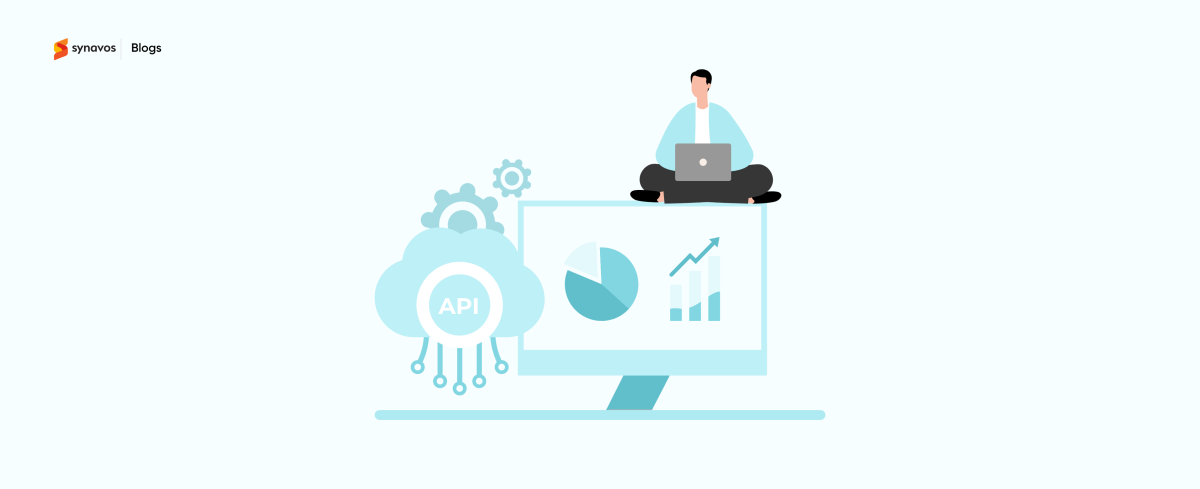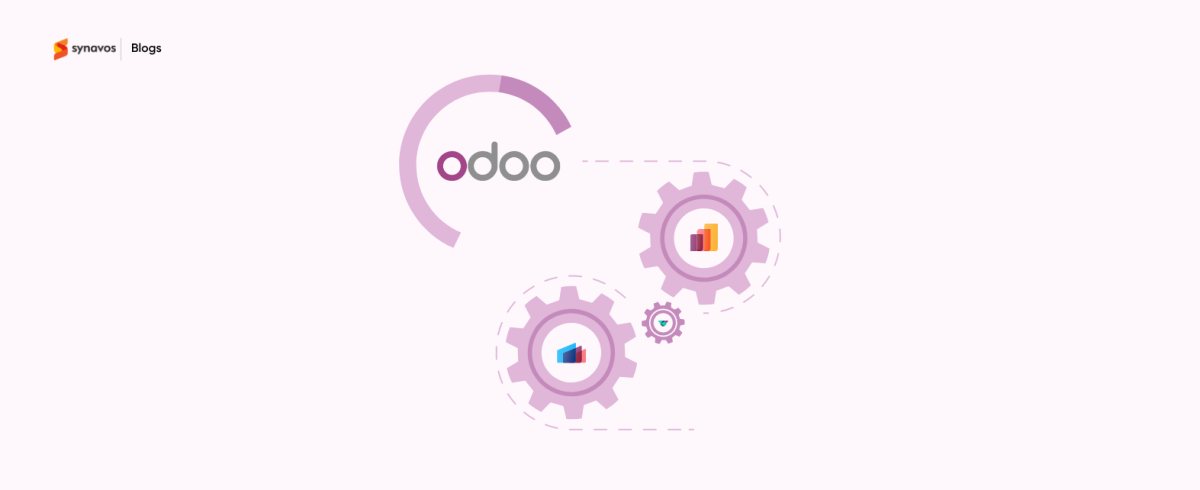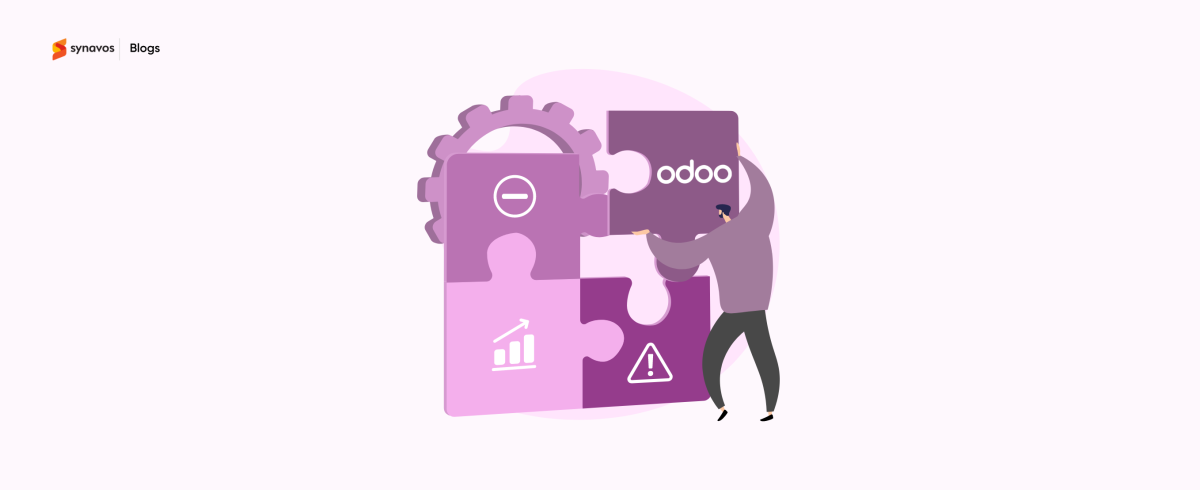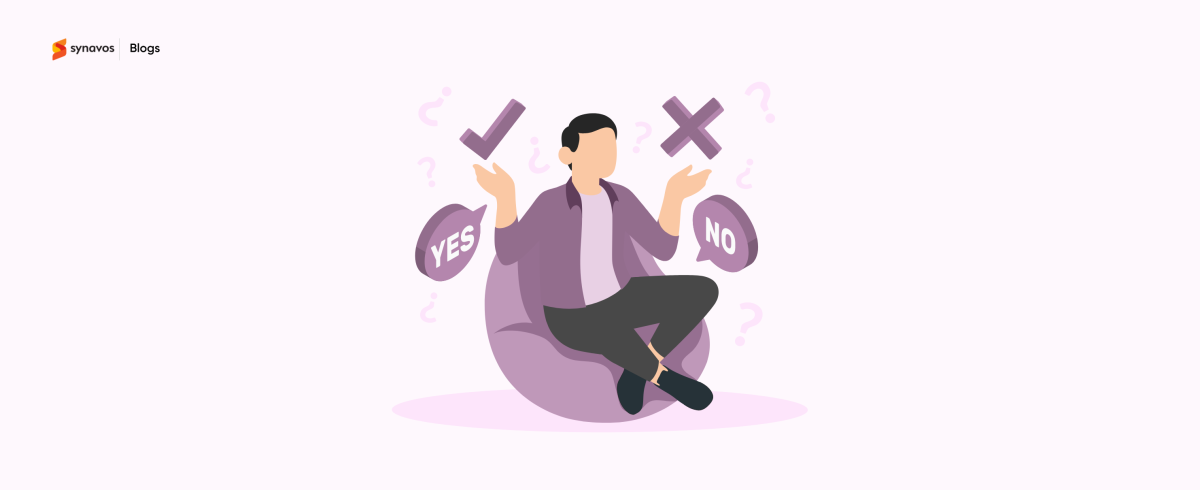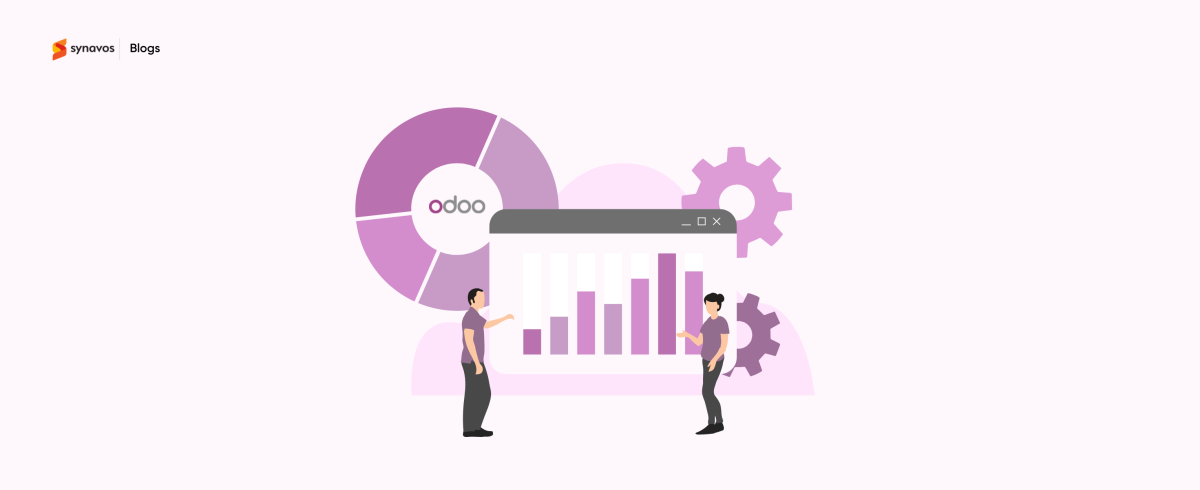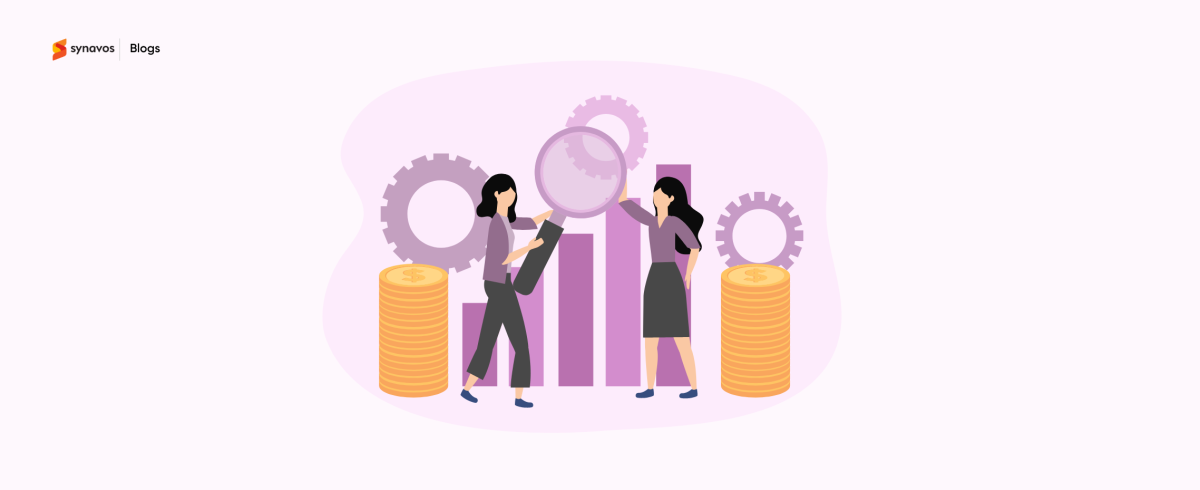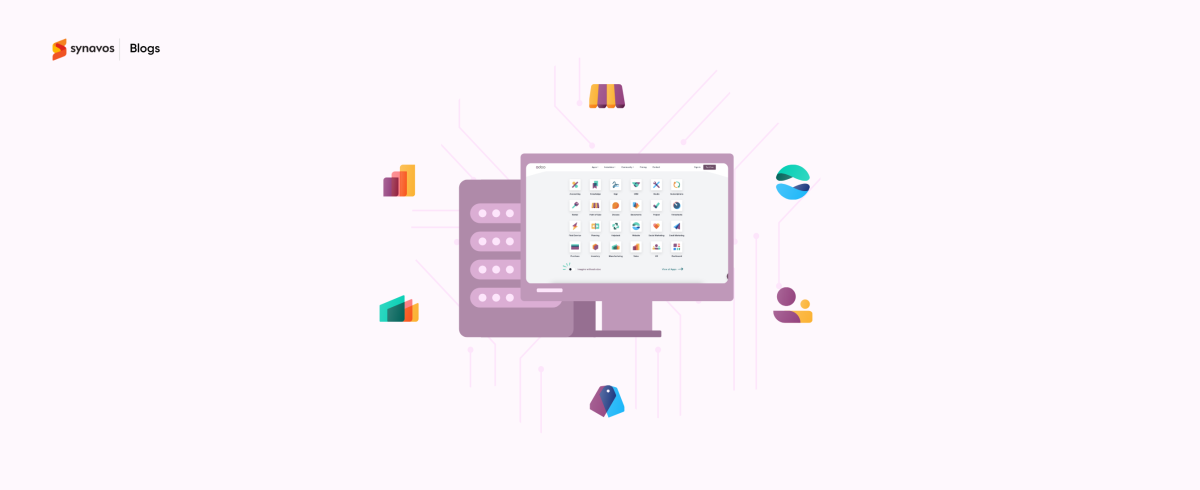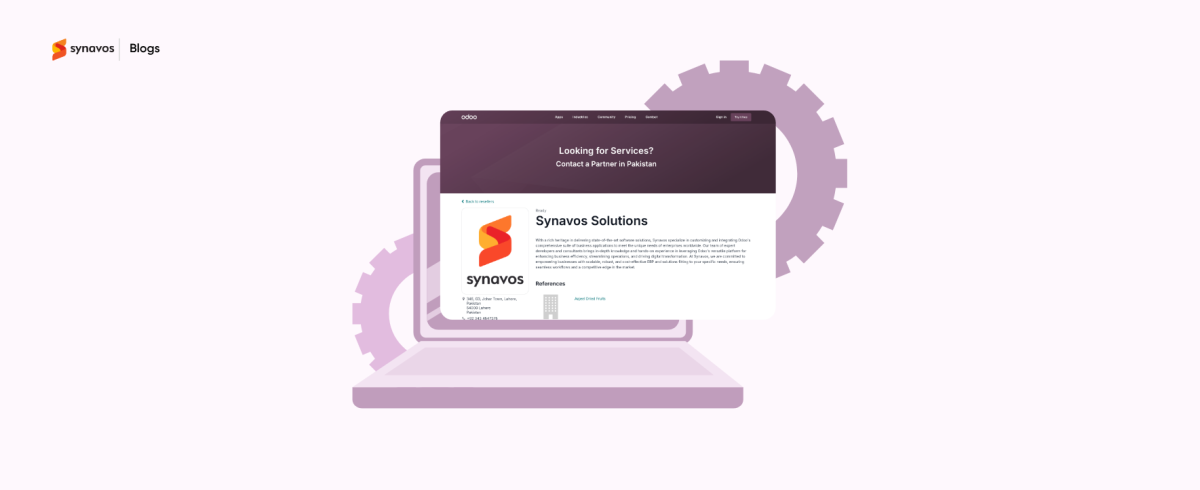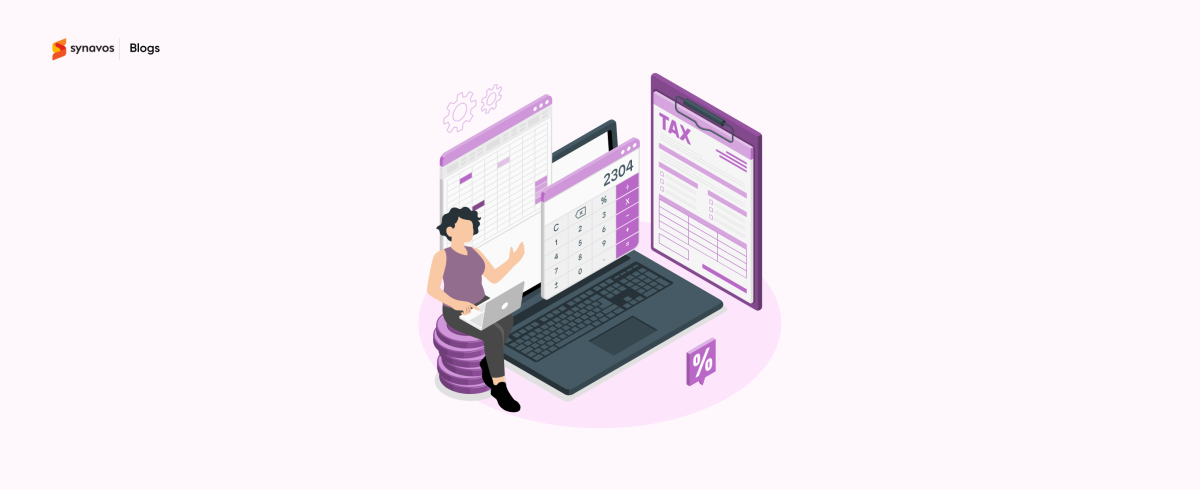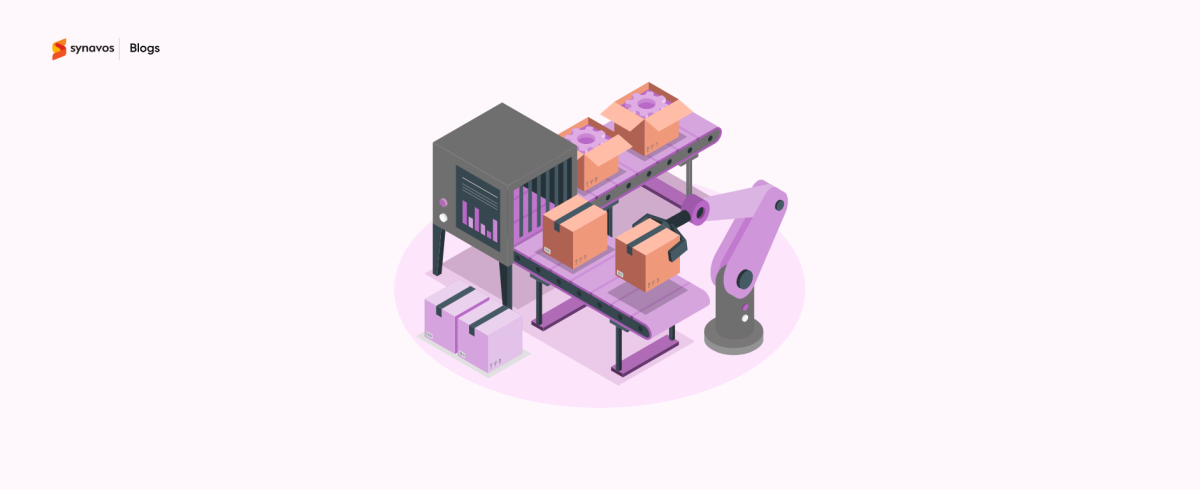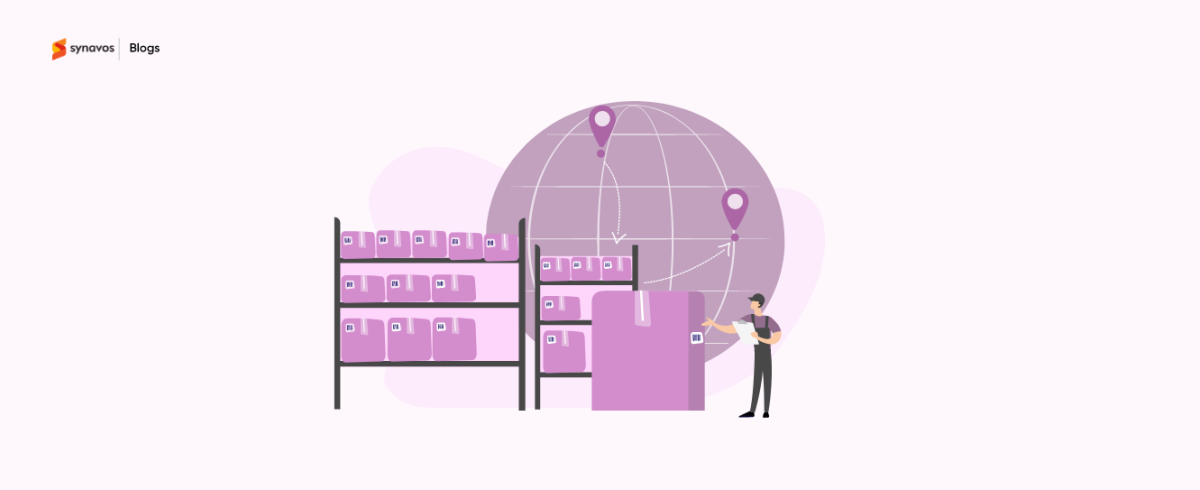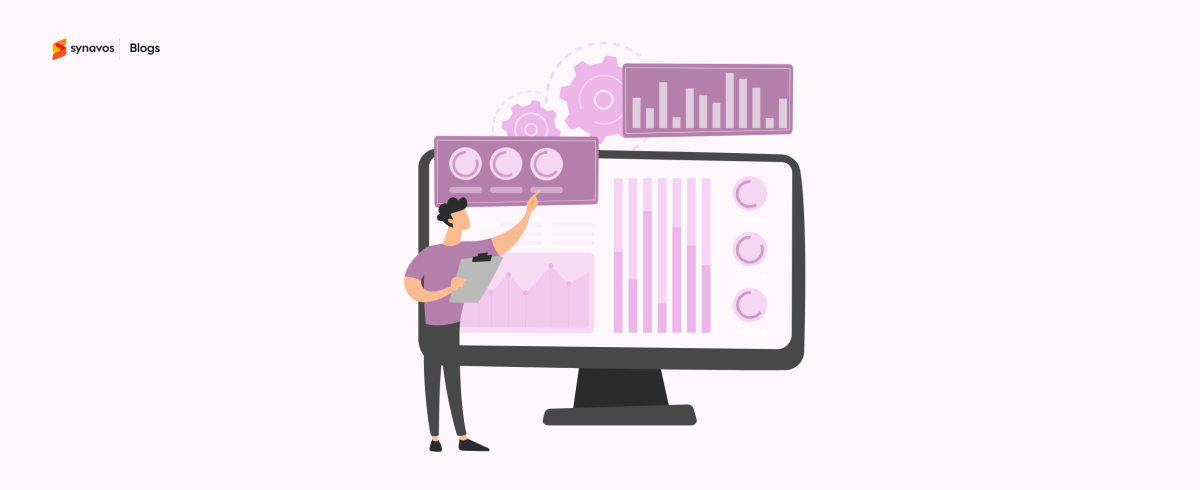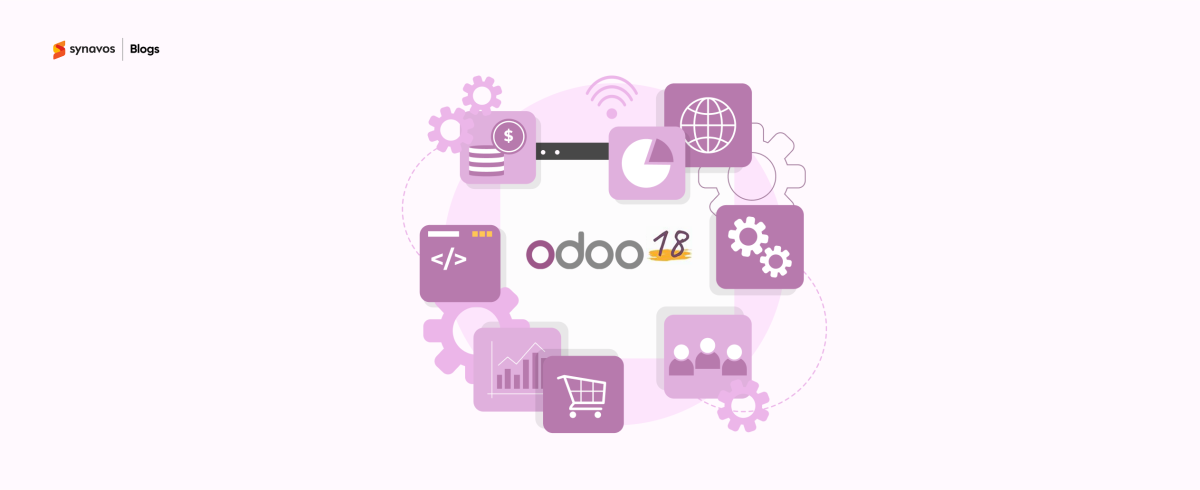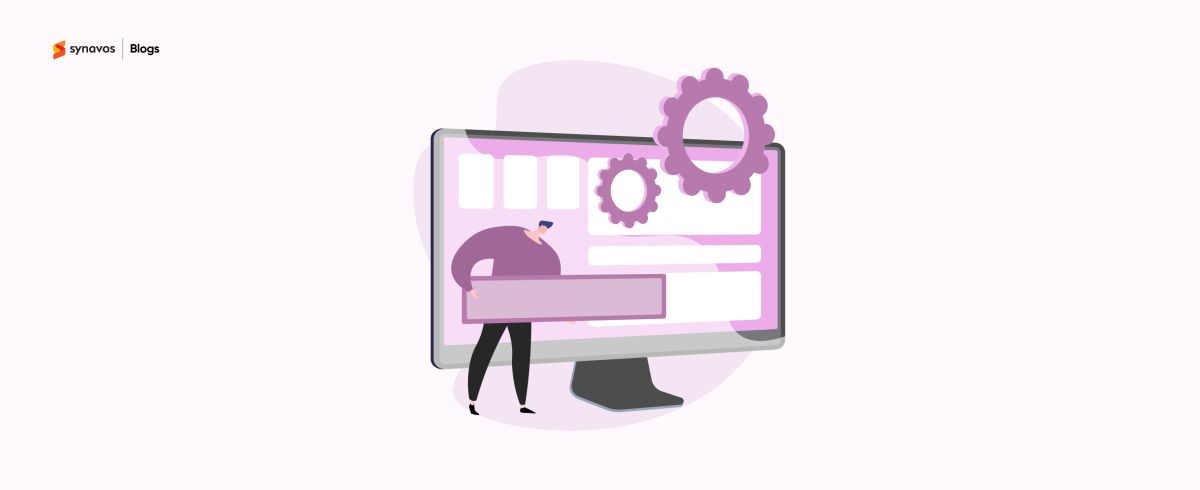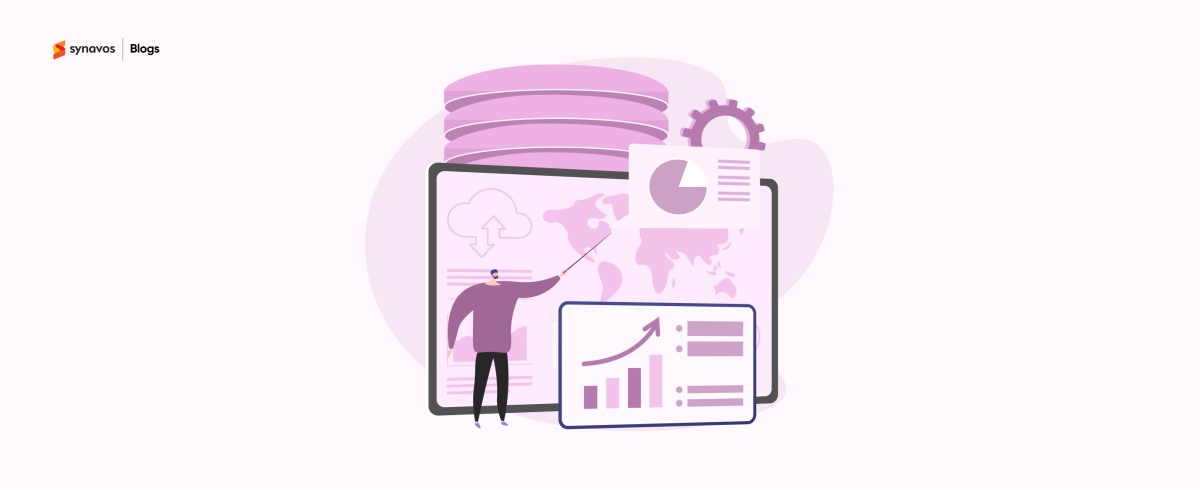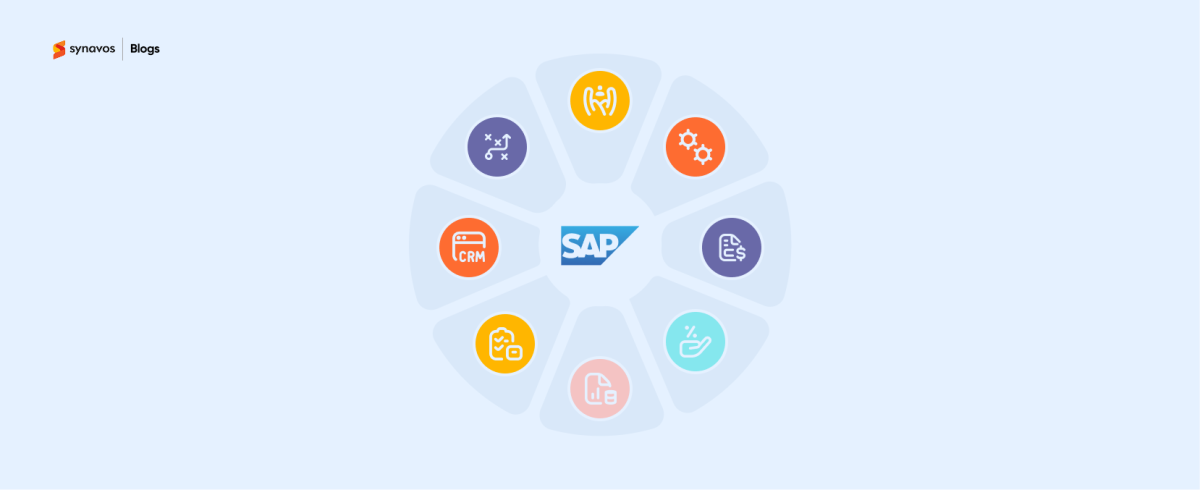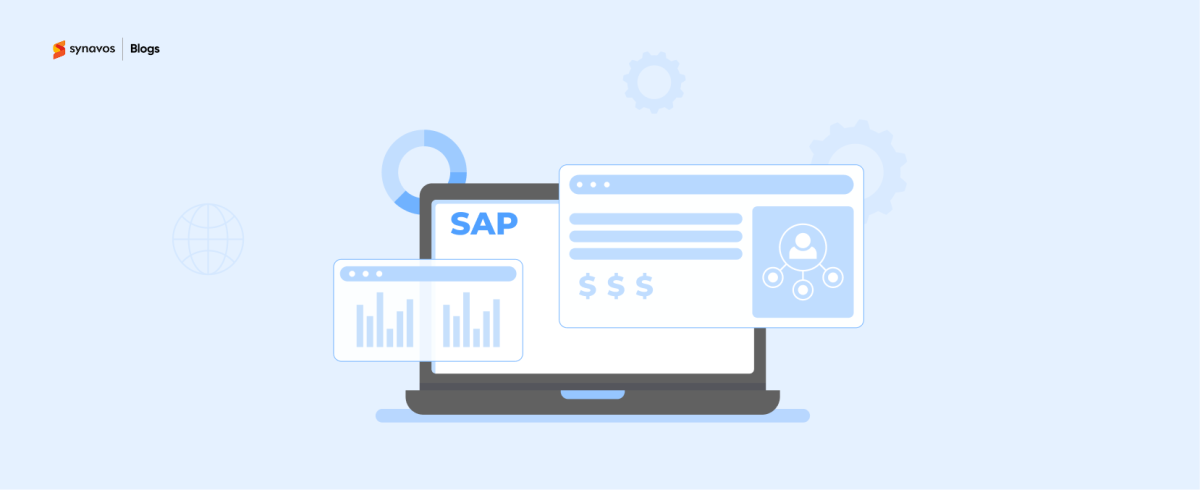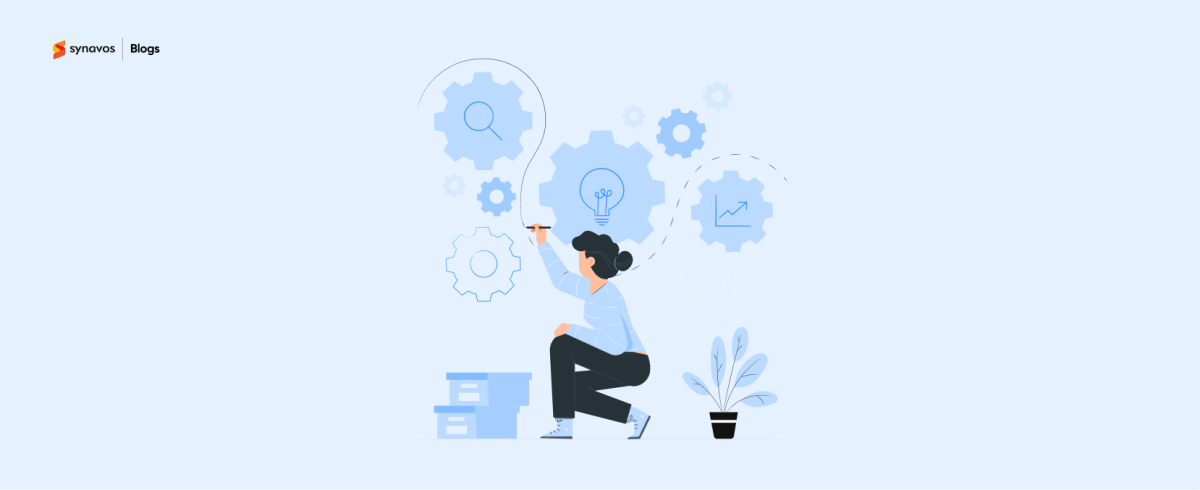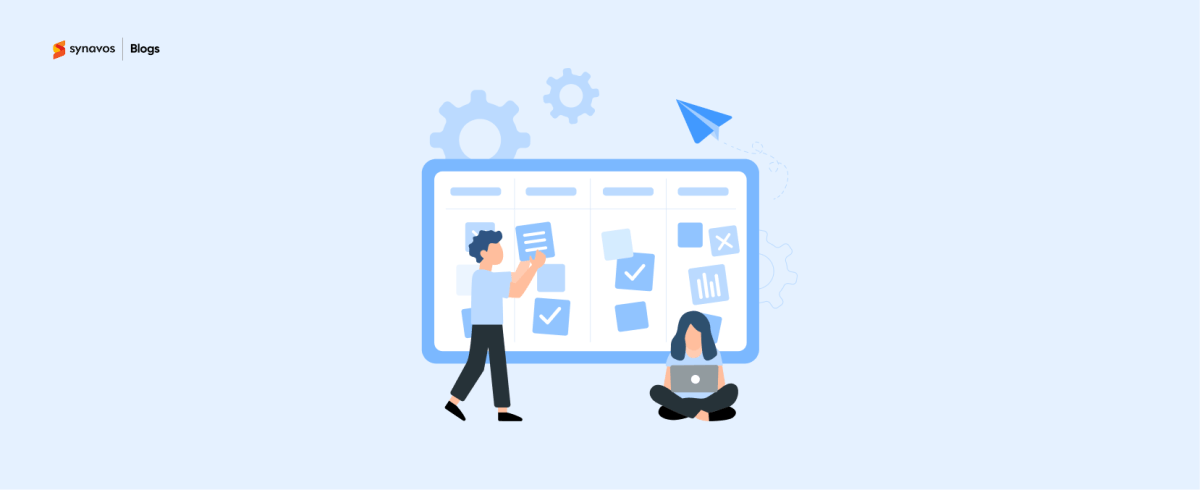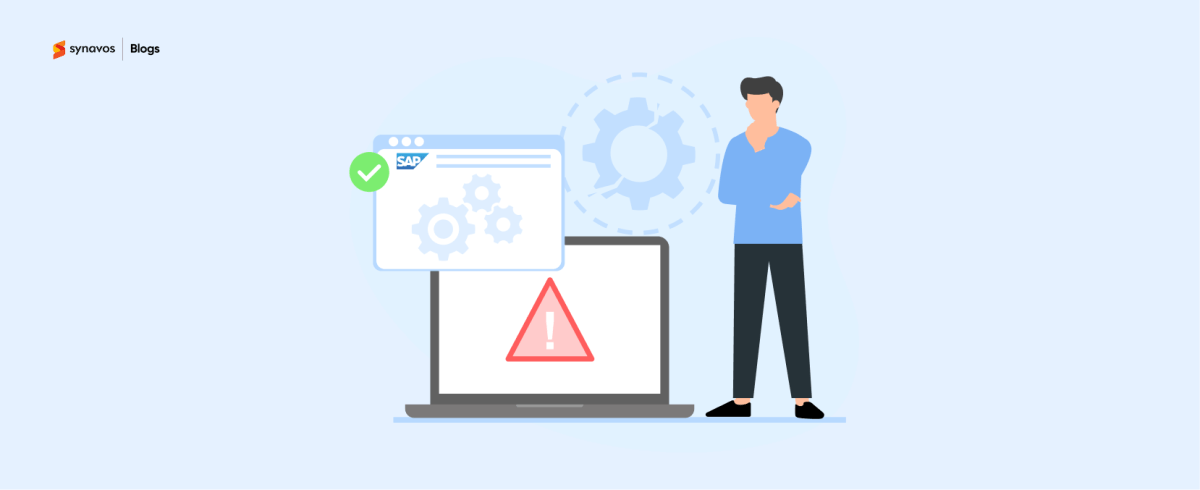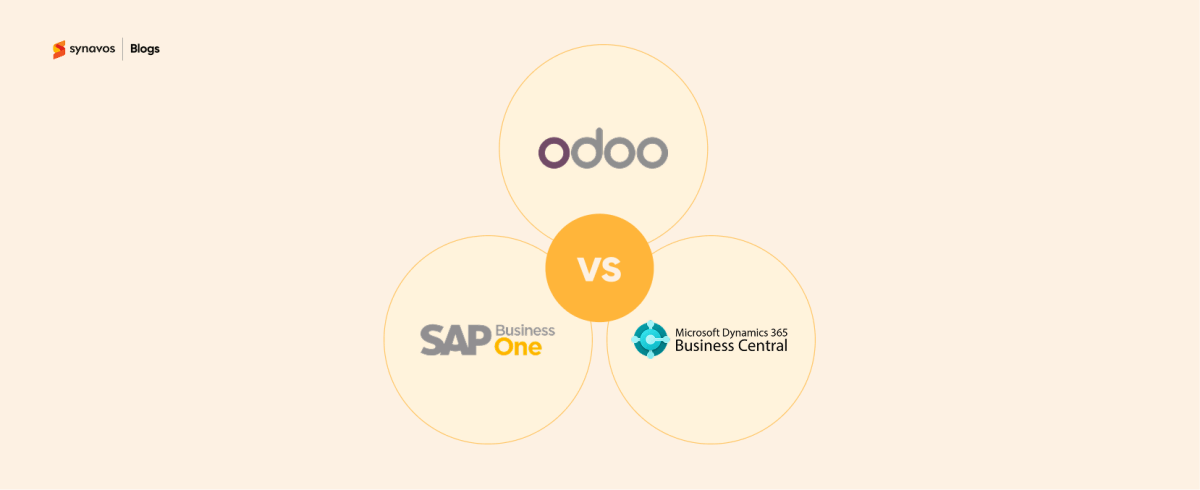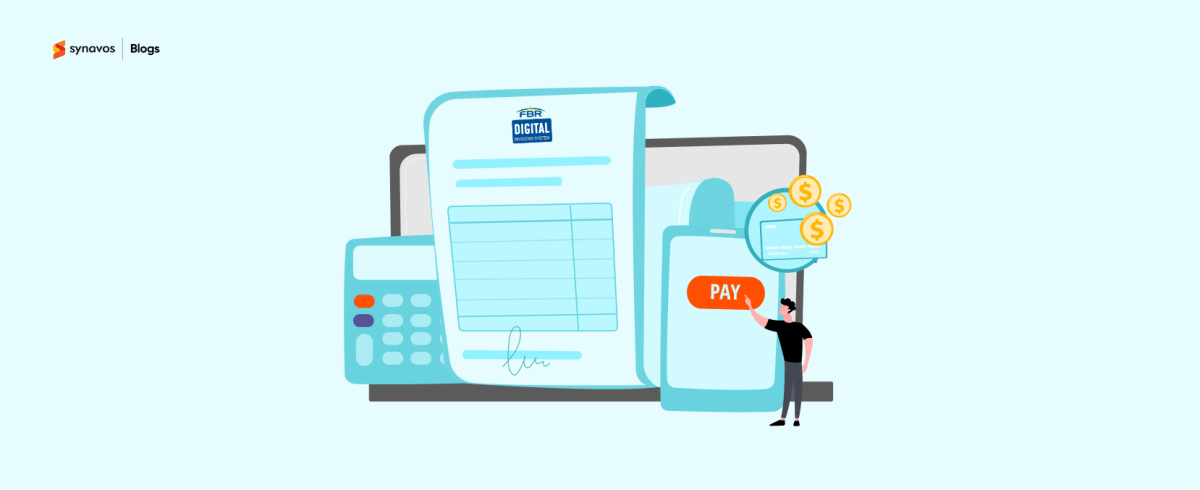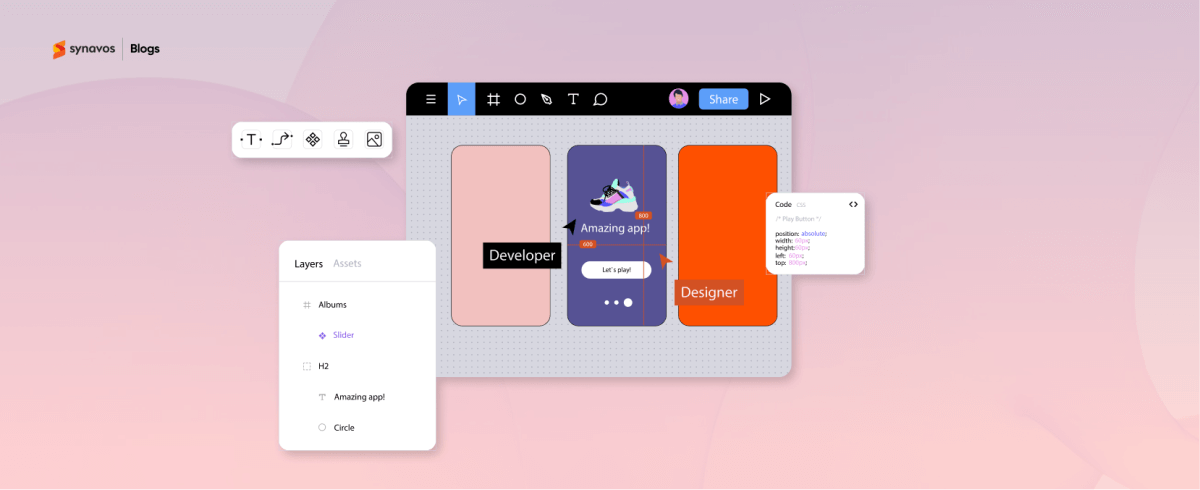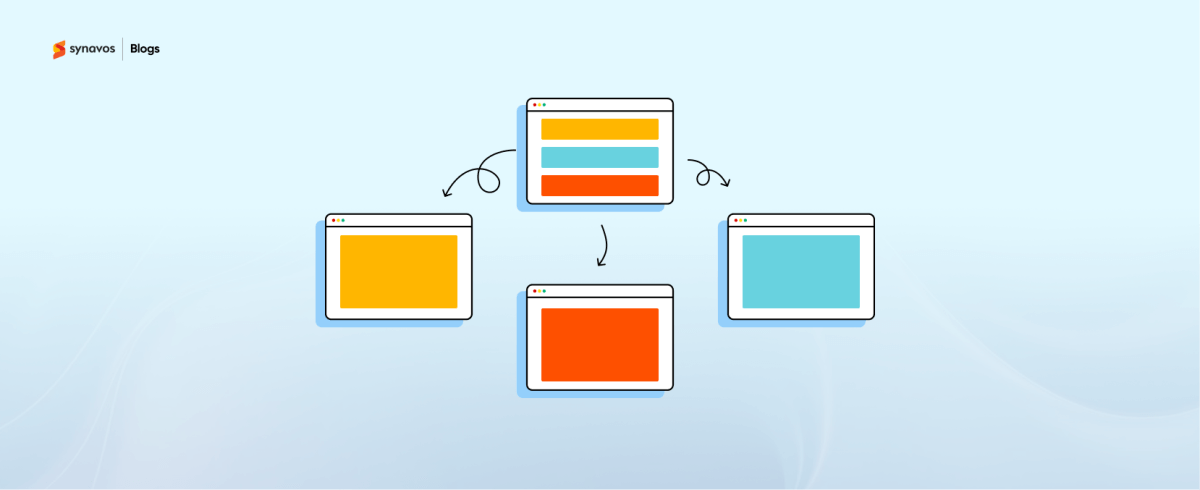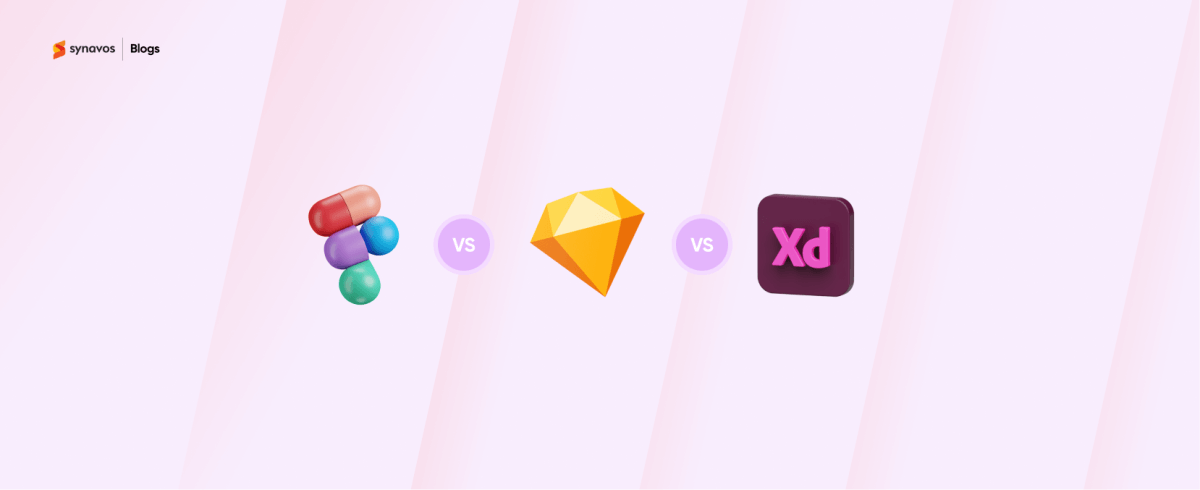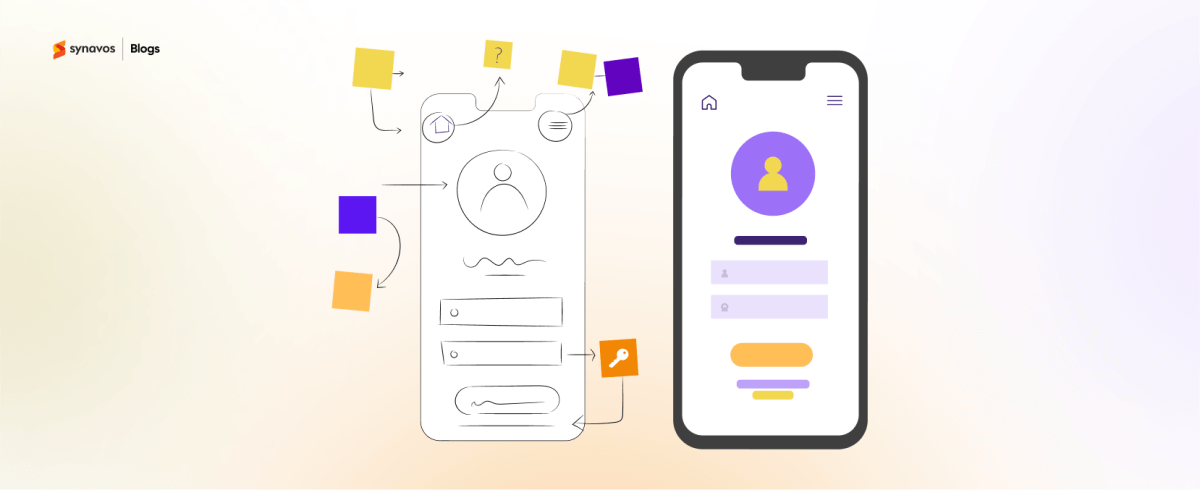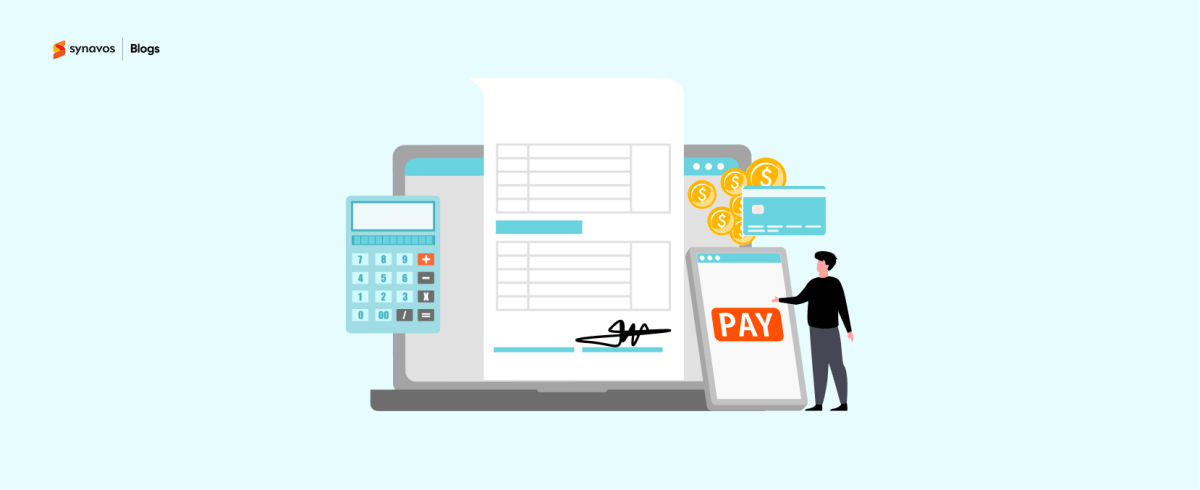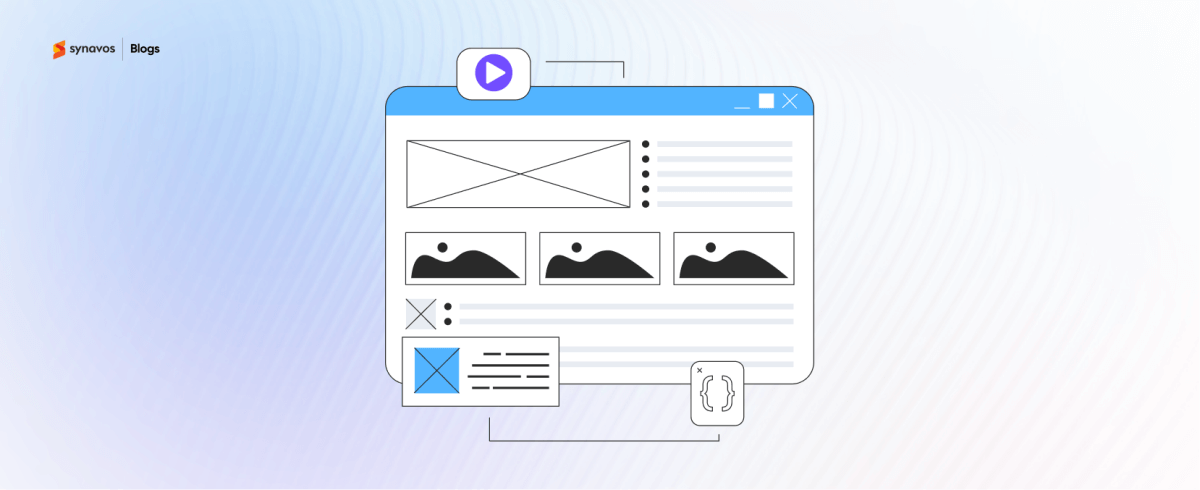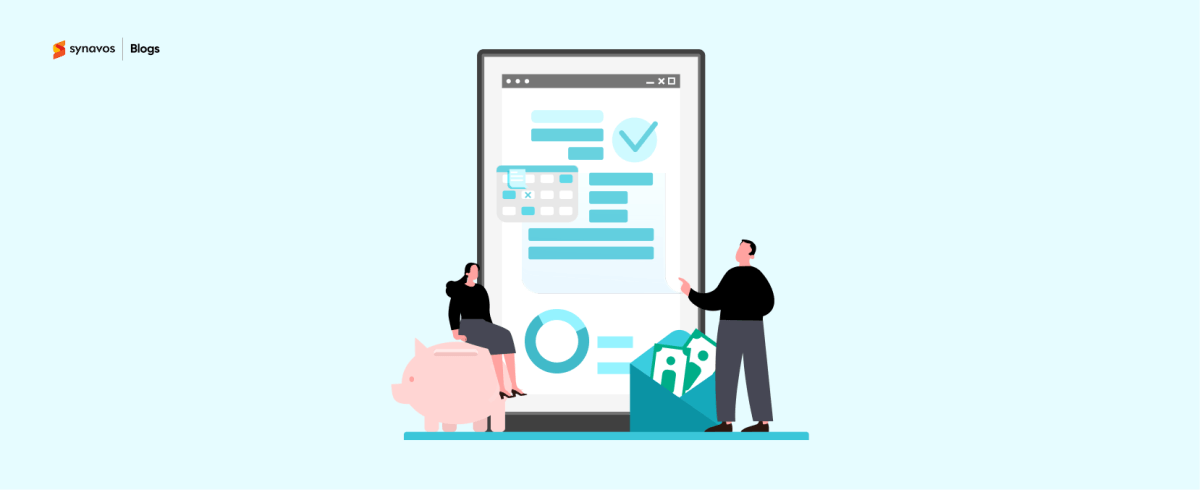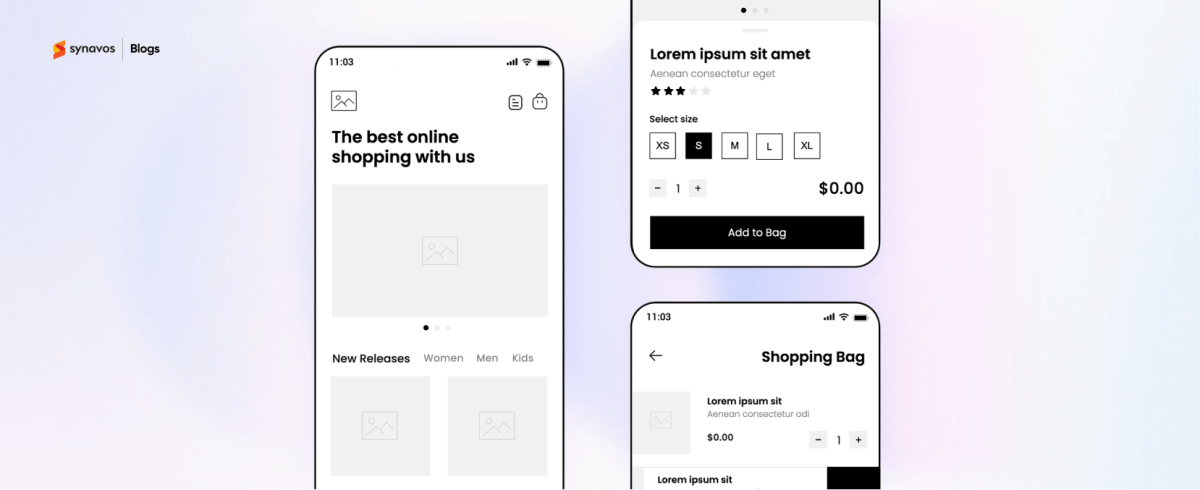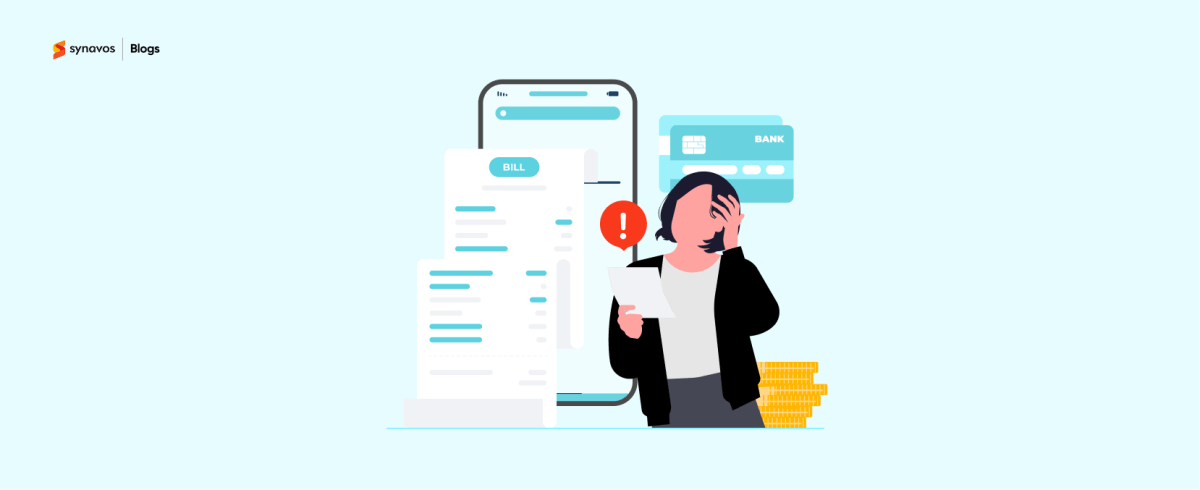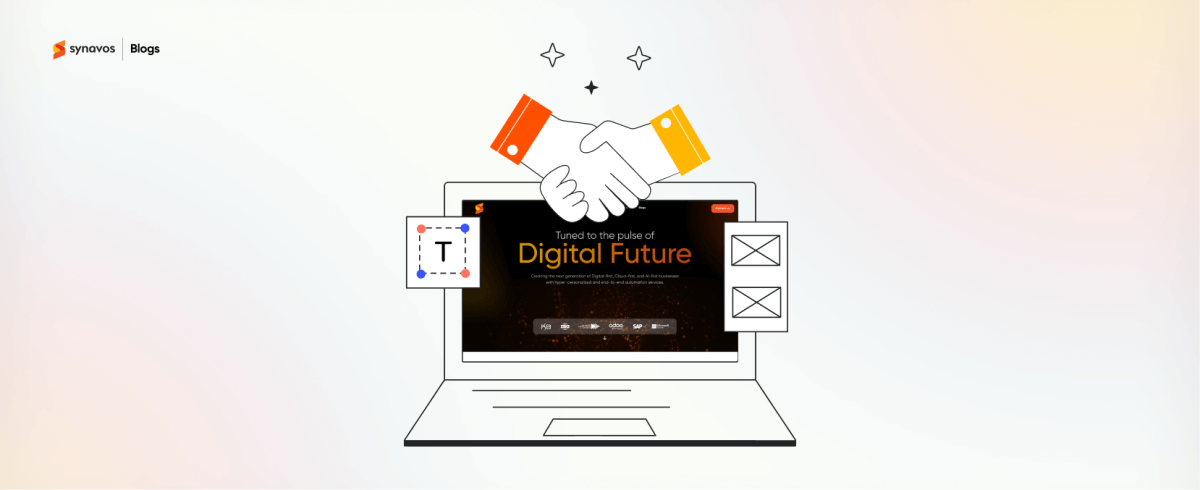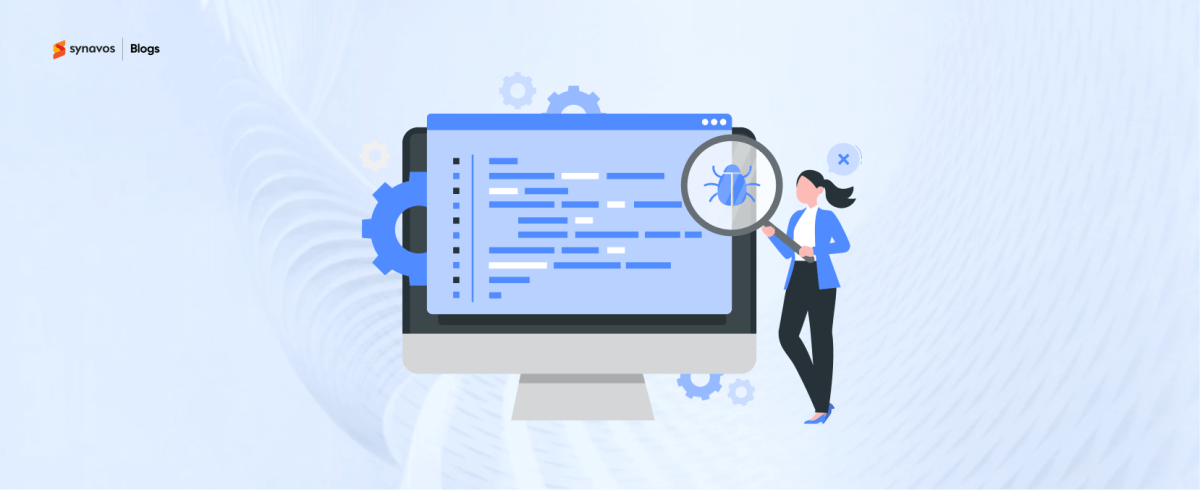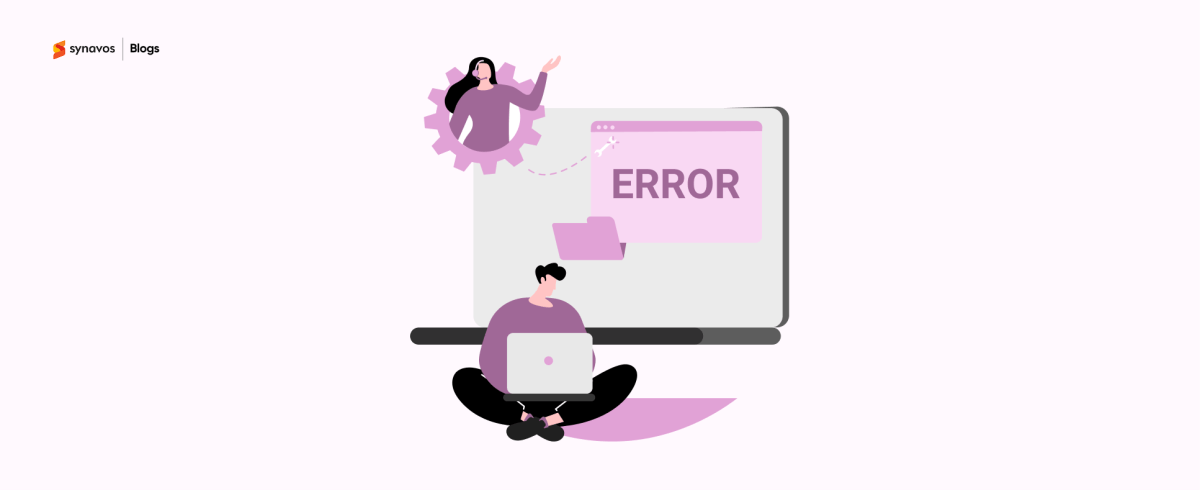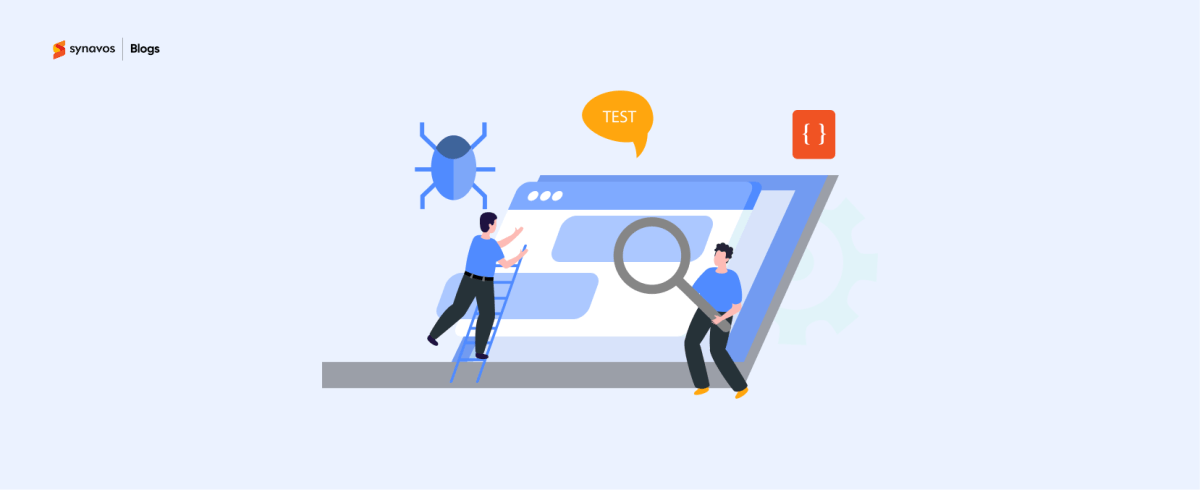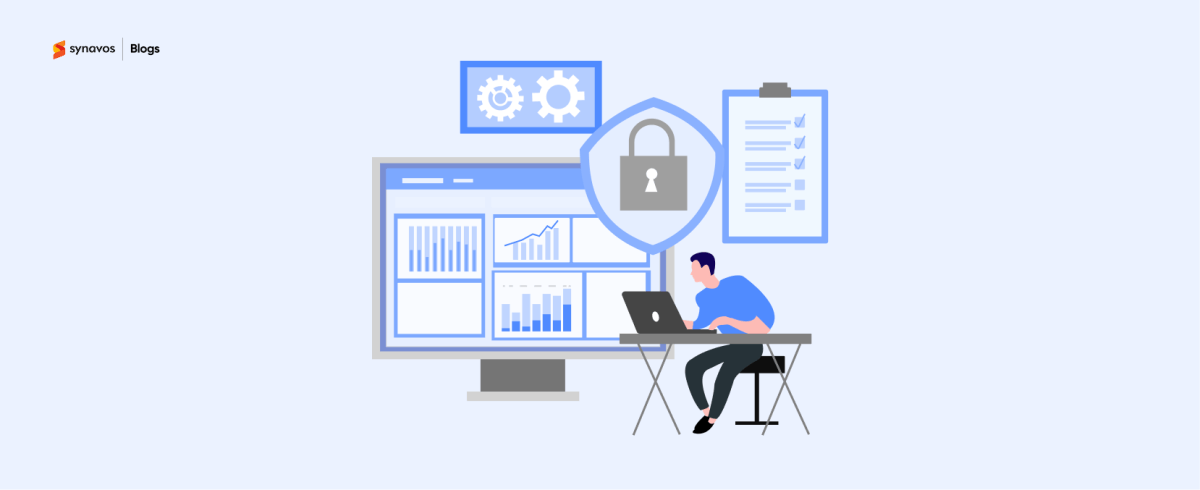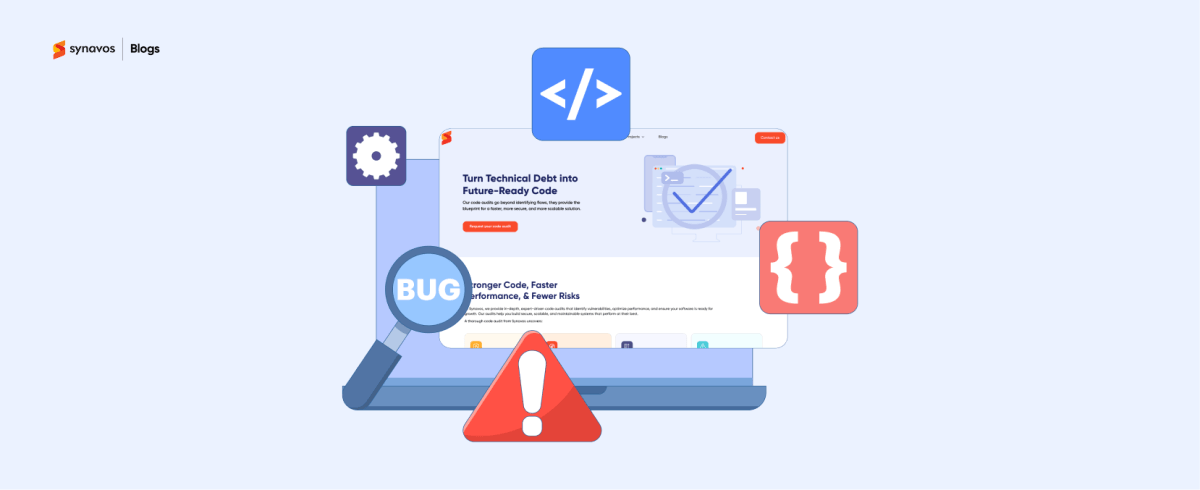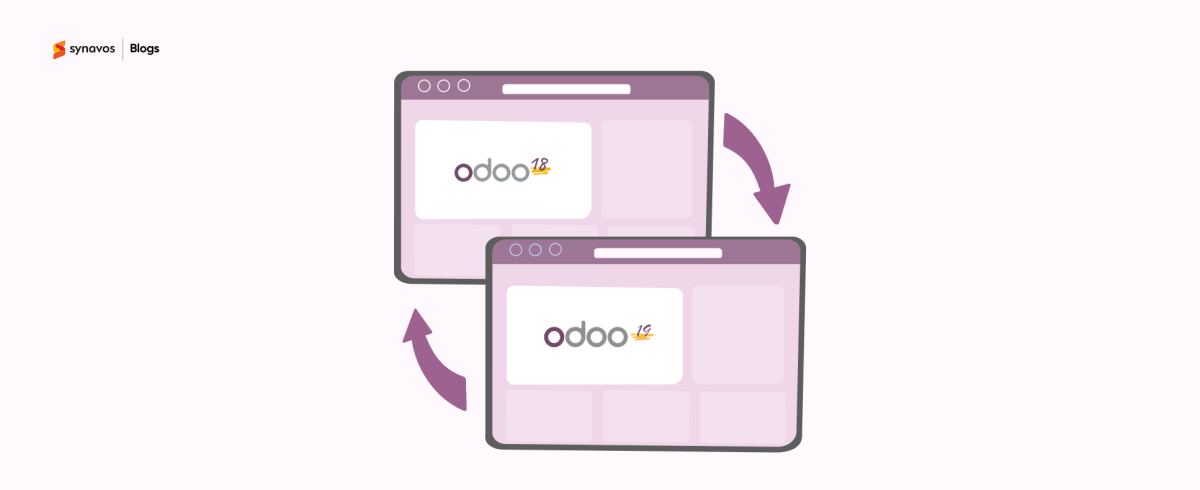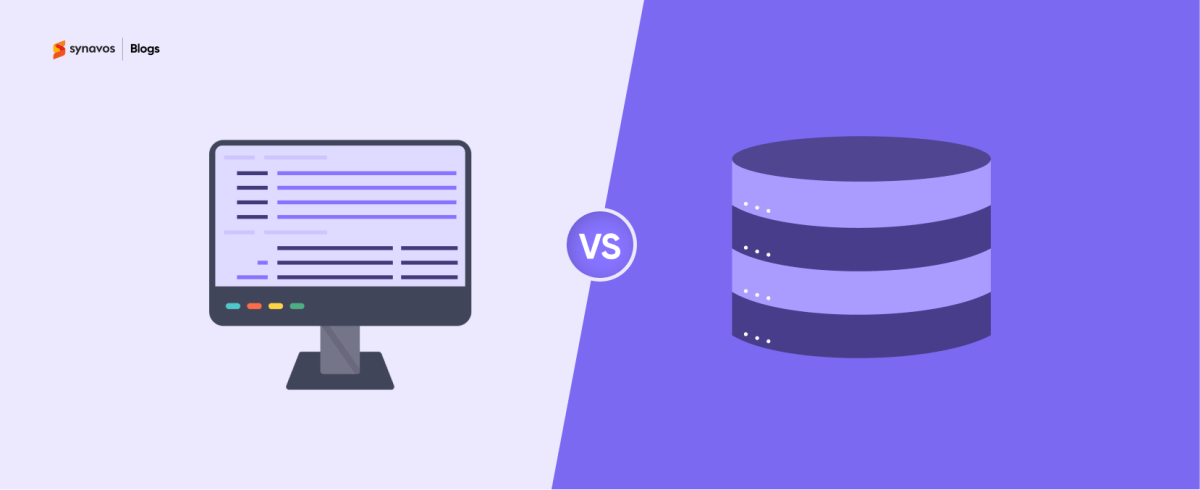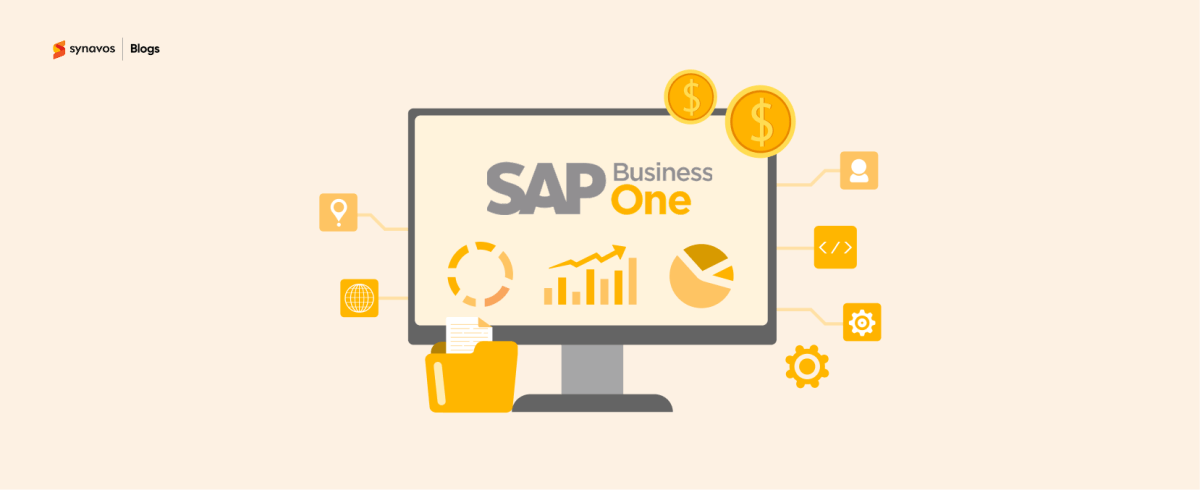A website is more than just a digital presence. It’s a brand’s identity, sales platform, and communication channel combined. While template-based websites work for basic needs, businesses looking for scalability and uniqueness often turn to custom web development.
This guide walks you through what custom web development is, how it works, its benefits, costs, and how to choose the right partner for your web project. Let's get into it!
What is Custom Web Development?
Custom web development means building a website from scratch, fully tailored to a business’s goals and user needs. Unlike drag-and-drop website builders or pre-designed templates, custom websites are coded and designed to offer complete flexibility, performance, and control.
This approach allows developers to craft web solutions that perfectly match a brand’s workflow, target audience, and growth plans. For example, an eCommerce brand might need a multi-store system integrated with inventory software, while a SaaS platform might require custom dashboards and subscription management. Custom development makes such features possible without being tied to third-party limitations.
It’s the right choice for businesses that plan to scale, prioritize user experience, or require complex integrations that generic platforms can’t handle.
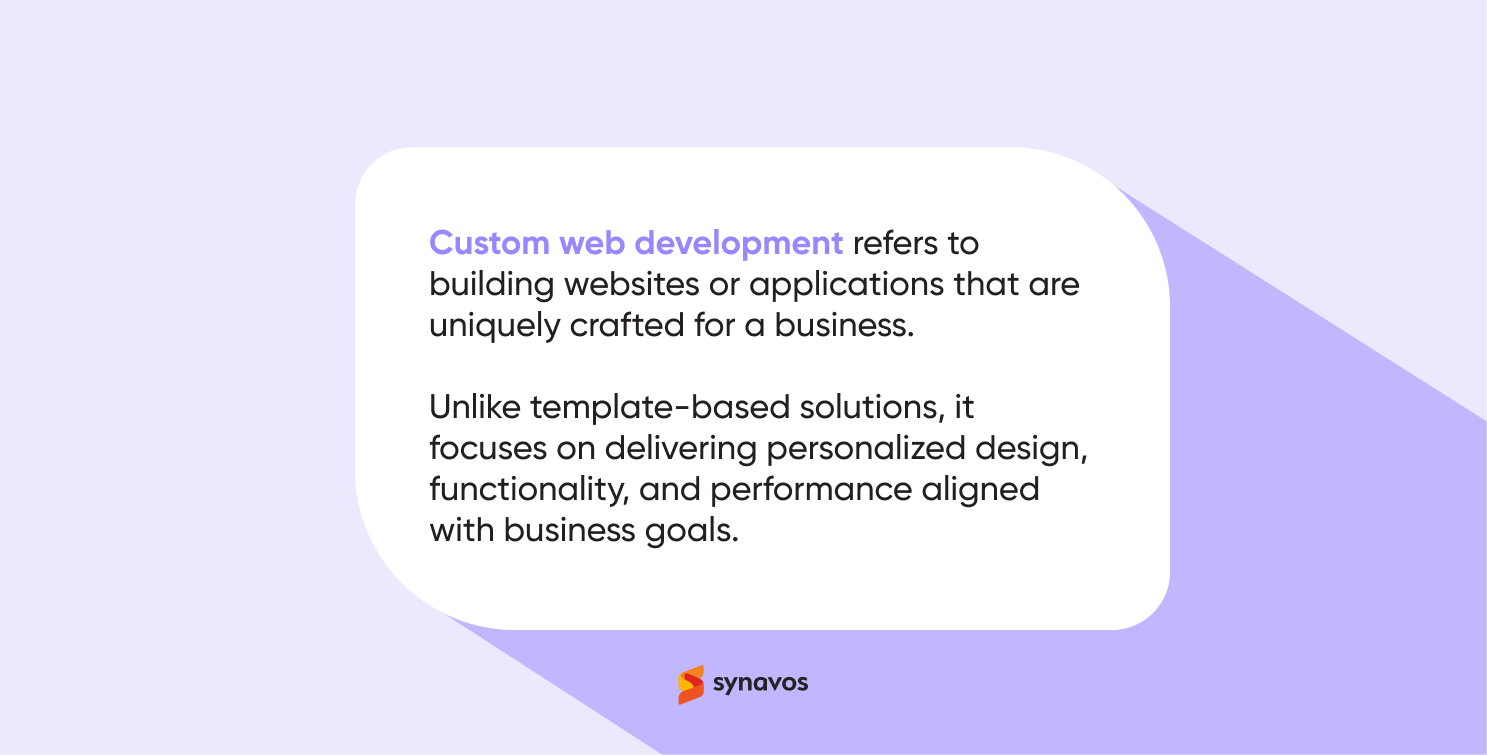
Why Businesses Choose Custom Web Development
Here are some of the key reasons businesses opt for custom web development:
1. Tailored to Specific Business Needs
Every business has its own goals, audience, and processes. Custom web development allows you to design a website that aligns perfectly with these requirements. From unique user journeys to specialized features, every element is created to support your operations and brand identity. This ensures your website delivers real value instead of forcing your business to adapt to a generic template.
2. Better Scalability and Performance
As businesses grow, so do their traffic and feature needs. Custom websites are designed with scalability in mind to ensure the system can handle higher loads and new functionalities without performance issues. With custom code optimization, caching, and tailored database management, you get a platform that’s built for long-term reliability and speed.
3. Improved Security
Security is one of the biggest reasons companies choose custom web development. Since the codebase isn’t publicly available, it’s much harder for attackers to exploit known vulnerabilities. Developers can implement advanced security layers like SSL certificates, secure authentication, data encryption, and regular vulnerability testing. The result is a system with stronger protection against common cyber threats and compliance with modern security standards.
4. Seamless Integration
Custom development allows easy integration with CRMs, ERPs, payment systems, and other internal tools. Through tailored APIs and middleware solutions, developers can synchronize data across platforms in real time. This not only streamlines operations but also enhances decision-making by keeping business data consistent and connected.
5. Stronger SEO Foundation
Search optimization starts at the coding level, not after launch. With custom web development, developers can create clean architecture, fast-loading pages, and mobile-responsive layouts that search engines value. You can also integrate custom metadata, structured data, and SEO-friendly URLs for better visibility. Since the site is built without unnecessary plugins or clutter, it performs faster and ranks better.
6. Enhanced User Experience (UX)
User experience is at the heart of custom web development. Designers and developers work together to create intuitive navigation, smooth interactions, and visually appealing layouts. Every element is tested for usability and engagement. The result is a website that keeps visitors engaged, encourages them to return, and helps convert users into loyal customers.
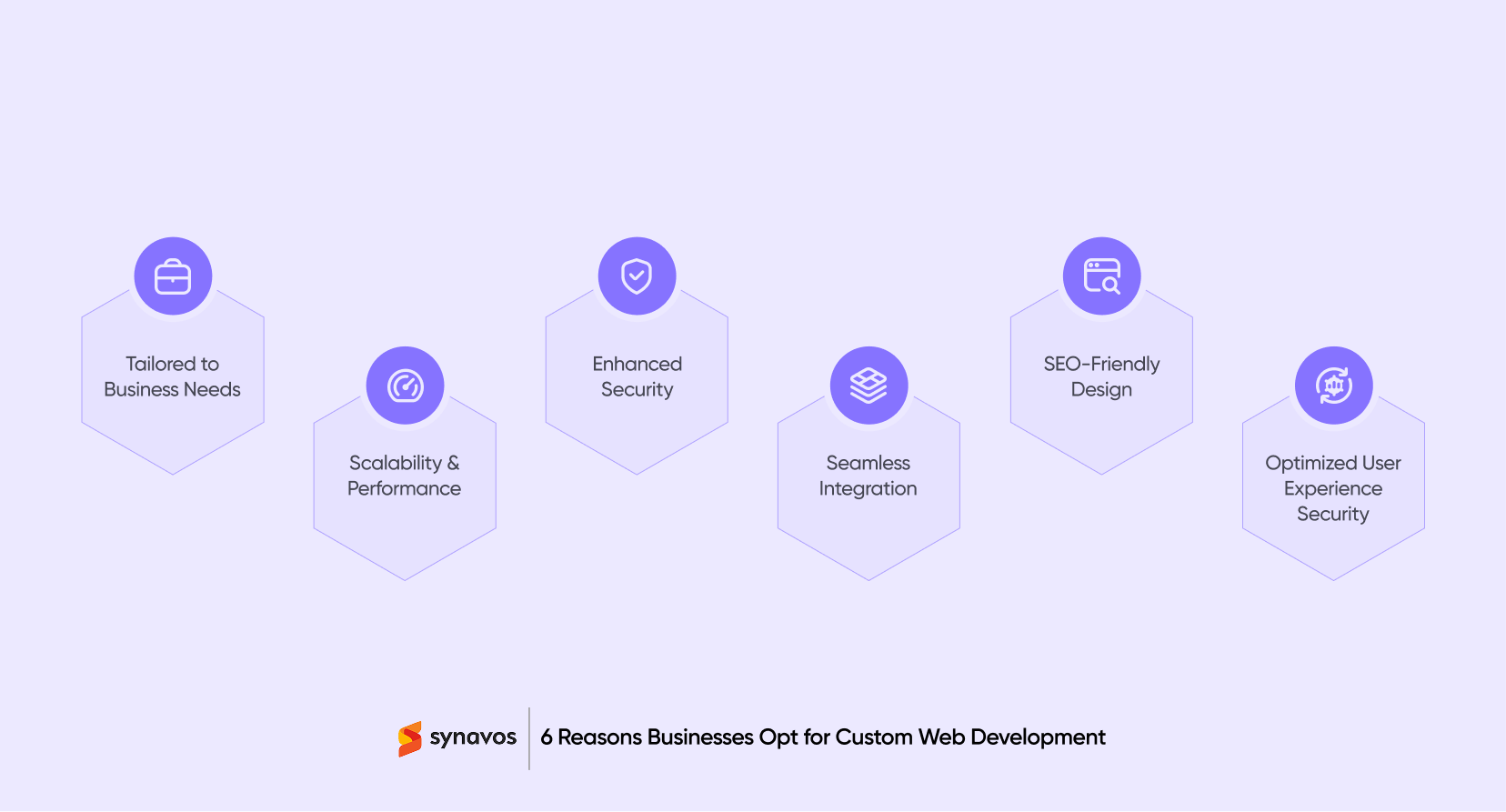
The Custom Web Development Process
Custom web development follows a structured process that ensures clarity, collaboration, and quality. Here’s what the journey typically looks like:
1. Discovery and Requirement Analysis
This is where everything begins. The development team collaborates with the client to understand their goals, target audience, business model, and technical needs. This stage helps define the project scope, objectives, and key performance indicators (KPIs).
Key activities:
- Client interviews and workshops
- Competitor and market research
- Technical feasibility study
- Defining success metrics
2. Planning and Strategy
Once the requirements are clear, the team creates a detailed project roadmap. This includes deciding on the tech stack, timeline, resources, and architecture of the web solution.
Key activities:
- Project roadmap creation
- Information architecture and sitemap
- Technology selection (e.g., React, Node.js, Laravel, etc.)
- Budget and timeline estimation
3. UI/UX Design
In this stage, designers transform plans into visually engaging and user-centered interfaces. The goal is to make the experience intuitive while reflecting the brand’s personality. Every color, button, and layout decision contributes to usability and engagement.
Key activities:
- Wireframing and prototyping
- User journey mapping
- Visual design and branding
- Usability testing
4. Frontend and Backend Development
Here, the design turns into a working product. Front-end developers code the visual components, while back-end developers build the server, database, and APIs that power the application.
Key activities:
- Front-end coding (HTML, CSS, JavaScript frameworks)
- Back-end logic and database integration
- API development and third-party integrations
- Version control and code reviews
For a detailed breakdown of the key differences and connection between frontend and backend development, visit our blog: "Frontend vs Backend Development – What’s the Difference?"
5. Testing and Quality Assurance
Before launch, the website or web app undergoes rigorous testing to ensure flawless performance, speed, and security.
Key activities:
- Functional and usability testing
- Performance and load testing
- Security audits
- Bug fixing and optimization
6. Deployment and Launch
Once the product passes testing, it’s deployed to a live server. Your custom web development partner ensures that proper configuration, scalability, and monitoring tools are in place for a smooth launch.
Key activities:
- Server setup and configuration
- CI/CD implementation
- Final performance optimization
- Launch monitoring
7. Maintenance and Continuous Improvement
Post-launch, the focus shifts to monitoring, updates, and feature enhancements based on user feedback and analytics.
Key activities:
- Regular maintenance and security updates
- Performance monitoring
- Adding new features or integrations
- Ongoing UX improvements
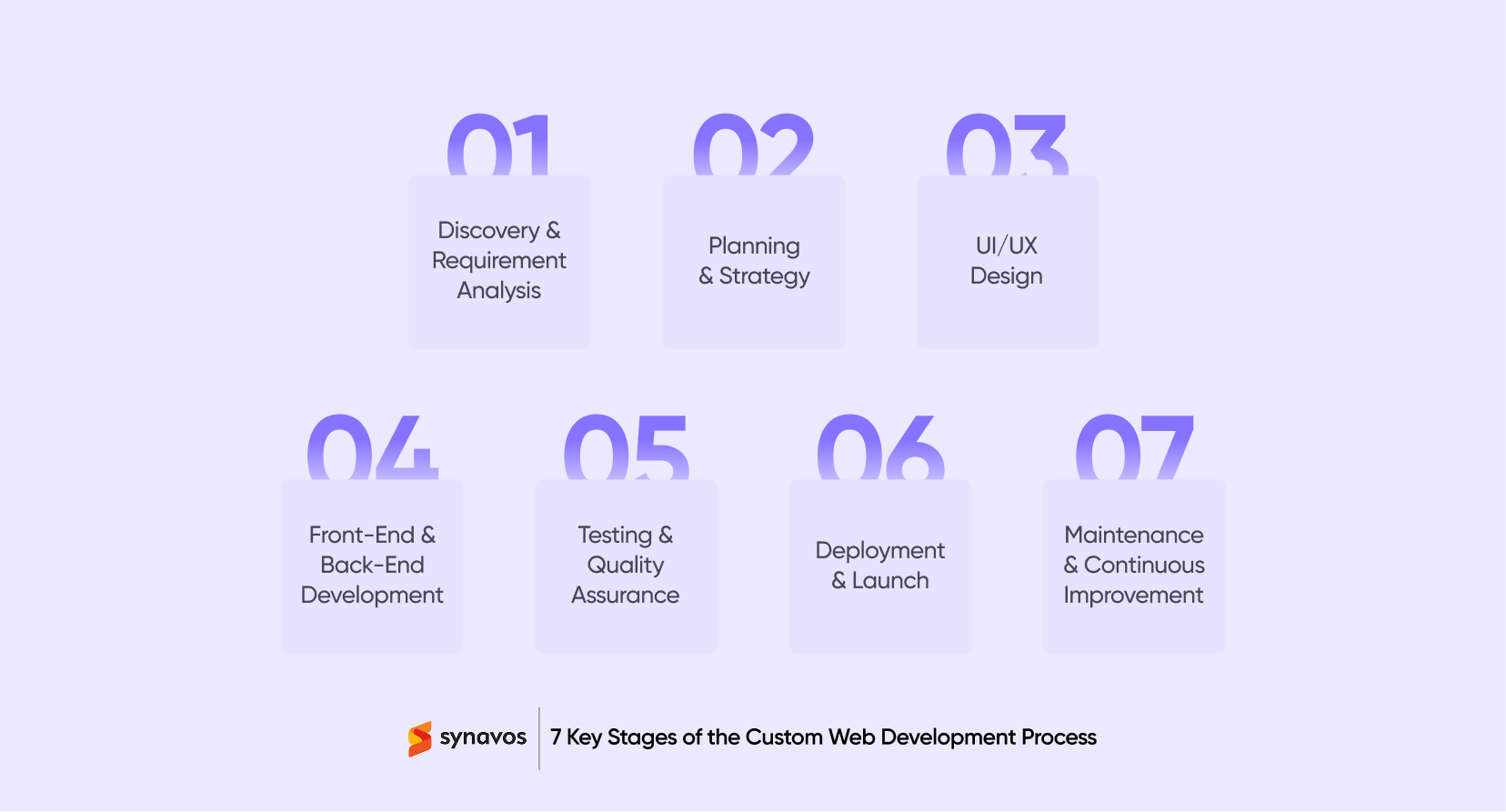
Choosing the Right Tech Stack for Your Web Development Project
Your website’s success heavily depends on choosing the right tools and technologies.
Frontend Technologies
- HTML5, CSS3, JavaScript: Core web technologies.
- React, Angular, Vue.js: For dynamic, fast-loading interfaces.
Backend Technologies
- Node.js: Ideal for real-time apps and high scalability.
- PHP (Laravel): Reliable and popular for business websites.
- Python (Django/Flask): Excellent for data-heavy applications.
- Ruby on Rails: Great for startups aiming for fast development.
Databases
MySQL, PostgreSQL, MongoDB, and Firebase are commonly used depending on the project’s data complexity.
Cloud and Hosting Solutions
Cloud platforms like AWS, Google Cloud, and Azure provide scalability, security, and global availability.
When choosing a stack, consider factors like project size, performance expectations, developer expertise, and future scalability. A reliable development partner can guide you toward the best combination here.
Custom Web Development vs Template-Based Solutions
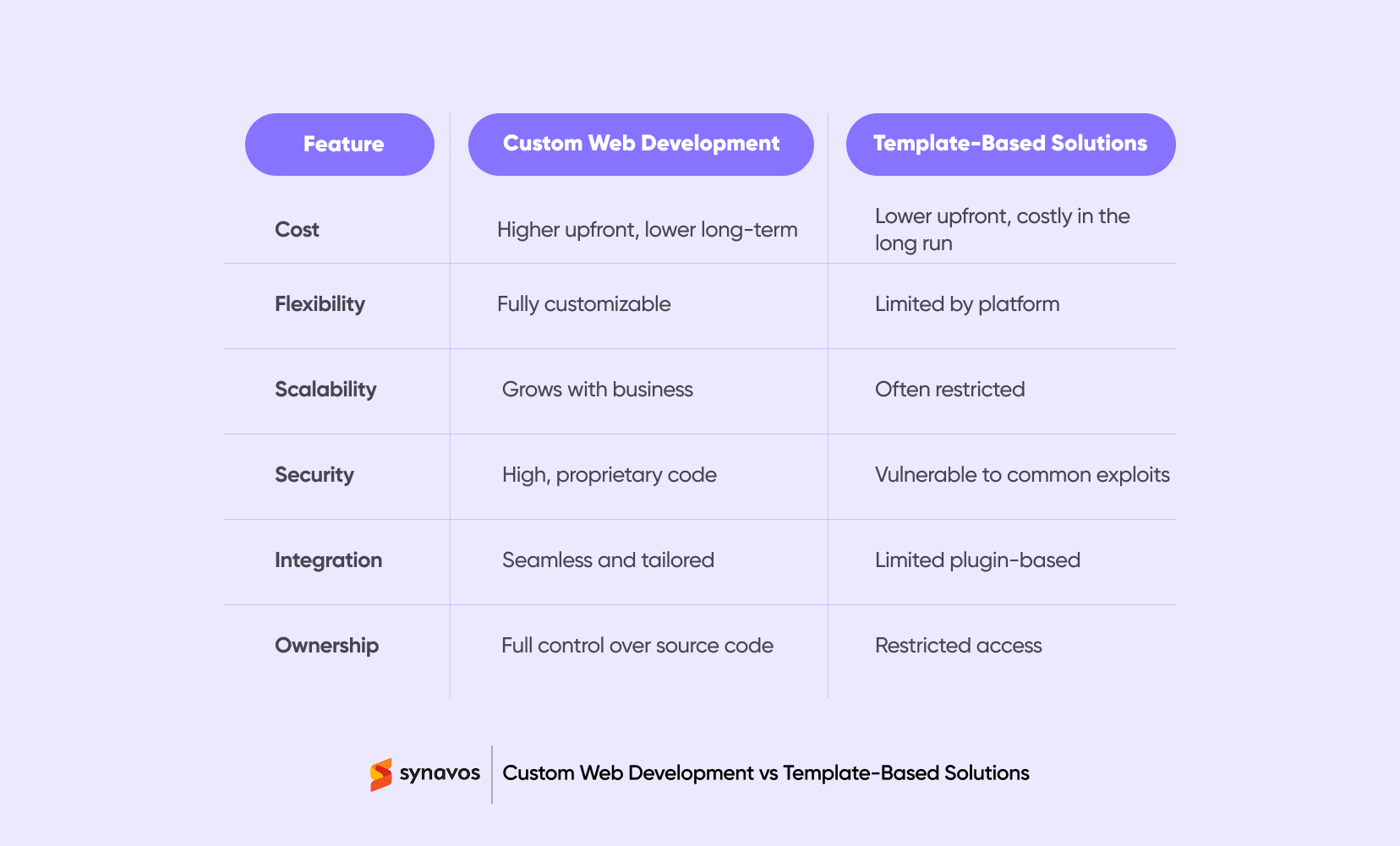
For small businesses, off-the-shelf solutions can be a quick fix. But companies with long-term growth plans find custom development more rewarding in performance, ownership, and return on investment.
Cost of Custom Web Development
The cost of building a custom website depends on several factors.
Key Factors That Influence Custom Web Development Cost
- Project Complexity: The number of pages, features, and integrations.
- Technology Stack: Different technologies and frameworks have different costs.
- Design Depth: The more detailed and interactive the design, the higher the cost.
- Development Team: Rates vary by expertise and region.
- Maintenance Needs: Ongoing support, hosting, and updates.
Typical Cost Ranges for Custom Websites and Applications
- Basic business website: $5,000 – $15,000
- Mid-level web application: $20,000 – $50,000
- Enterprise-grade platform: $60,000 and above
These are general estimates. The actual cost depends on scope and timeline.
How to Reduce Custom Development Costs Without Compromising Quality
- Build an MVP (Minimum Viable Product) first.
- Focus on core features and add more later.
- Work with an experienced development partner who can optimize processes.
Common Challenges in Custom Web Development
1. Scope Creep and Unclear Requirements
Custom web projects can quickly grow beyond their initial plan if goals are not clearly defined. Without a detailed roadmap, teams may spend time on unnecessary features or revisions. Clear documentation, milestone approvals, and regular check-ins help keep the project focused and aligned with your objectives.
2. Poor Communication Between Teams
Even a well-planned project can stumble when communication breaks down. Misaligned expectations between developers, designers, and stakeholders can cause delays and frustration. Using collaboration tools like Jira, Slack, or Trello ensures updates are transparent, tasks are tracked, and everyone stays on the same page.
3. Choosing the Wrong Technology Stack
Selecting an inappropriate tech stack can create long-term challenges, including slower performance, limited scalability, and higher maintenance costs. Evaluating your project requirements, expected growth, and integration needs upfront ensures the right tools are chosen. A carefully selected stack keeps your website efficient, reliable, and future-proof.
4. Neglecting Post-Launch Support
Launching a website is only the beginning. Without ongoing maintenance, even the most polished site can experience bugs, security gaps, or performance issues. Planning for post-launch support, updates, and monitoring ensures your platform remains secure, fast, and continuously optimized for users.
How to Choose the Right Custom Web Development Partner
Choosing a reliable custom web development company is more than just reviewing portfolios. You need to consider experience, project management approach, and the ability to support your website over time. Here are the key points to guide your decision:
1. Check Technical Expertise and Portfolio
When selecting a custom web development partner, technical expertise should be your top priority. Review the company’s past projects to evaluate their design quality, functionality, and overall performance. A strong portfolio demonstrates their ability to handle complex web development projects and deliver results that align with business goals.
Look for experience with technologies, frameworks, and integrations relevant to your needs, as this ensures your website is built with scalability and performance in mind. You can learn more about picking the right framework for your project in our blog: "How to Choose the Right Web Development Framework."
2. Look for a Partner Who Understands Your Industry
Industry experience plays a major role in the success of a web project. A company that understands your market, audience, and competition can develop more strategic, user-focused solutions. They know what works within your sector and can tailor both design and functionality to match your business goals.
An experienced web development company brings both technical knowledge and strategic insight, helping you achieve measurable results.
3. Evaluate Communication and Project Management
Effective communication is key to the success of any web development project. Choose a company that maintains transparency through consistent updates, clear timelines, and open collaboration.
A reliable web development company uses agile project management methodologies to stay adaptable throughout the process. This approach allows you to track progress in real time, make informed decisions, and ensure your website development stays aligned with your objectives.
4. Ask About Maintenance and Long-Term Support
A good custom web development partner doesn’t stop working once your website goes live. Continuous maintenance and long-term support are crucial for security, performance, and feature enhancements.
Ask about their post-launch services, including regular updates, bug fixes, and performance monitoring. A partner who offers proactive website maintenance ensures your digital platform remains optimized and secure as your business grows.
Future Trends in Custom Web Development
Technology is moving quickly, and custom web development is evolving along with it. Businesses that understand and adopt these upcoming trends will be better positioned to stay competitive and meet user expectations.
1. Progressive Web Apps (PWAs)
Progressive Web Apps are reshaping how users interact with websites. They combine the speed and accessibility of a website with the user experience of a mobile app.
PWAs can be installed directly on a device, load instantly even with poor connectivity, and send push notifications to keep users engaged. For businesses, they offer a cost-effective way to deliver app-like performance without building separate native apps for different platforms.
2. AI and Machine Learning Integration
Artificial intelligence is transforming websites into intelligent digital assistants. From personalized product recommendations to predictive search results, AI is making user experiences more dynamic and relevant. Machine learning algorithms can analyze user behavior, detect patterns, and help businesses make data-driven decisions.
Features like chatbots, automated content generation, and fraud detection are becoming standard components of modern custom web development.
3. Serverless Architecture
Serverless computing is redefining how custom web applications are built and deployed. Instead of managing traditional servers, developers can rely on cloud providers to handle infrastructure automatically.
This approach reduces costs, improves scalability, and allows faster deployment cycles. It also makes it easier for businesses to experiment, update, or scale without worrying about backend capacity or downtime.
4. API-First Development
An API-first approach ensures that systems are designed with integrations in mind from the very start. It allows custom web applications to communicate seamlessly with other platforms, mobile apps, or third-party tools.
This flexibility is crucial for building scalable and multi-channel digital ecosystems. By prioritizing APIs, businesses can future-proof their platforms and adapt quickly as new technologies emerge.
5. Enhanced Cybersecurity Practices
As cyber threats become more advanced, cybersecurity has become a top priority in custom web development. Developers now implement robust measures such as encryption, firewalls, multi-factor authentication, and regular vulnerability testing to keep data secure. Compliance with global standards such as GDPR and CCPA has become essential, not just for legal reasons but to build user confidence.
When security is built into every layer of development, businesses can protect sensitive information while ensuring users enjoy a safe and reliable digital experience.
Conclusion
Custom web development gives you complete control over your online presence. It ensures scalability, performance, and an experience that aligns perfectly with your brand goals. While it requires a higher initial investment, it pays off through long-term efficiency and flexibility.
If you’re still deciding between using a ready-made platform like WordPress or investing in a custom-built site, check out our blog "WordPress vs. Custom Website: Which Is Best for Your Business?" for a detailed comparison.
Create a Unique Digital Presence with Synavos
Your brand deserves more than a template. As a leading custom web development company, Synavos designs and develops websites and web apps that accurately reflect your brand’s personality, purpose, and vision. Every feature and interface we craft is tailored to help your business leave a lasting impression online. Explore our portfolio to see how we have helped businesses deliver truly unique digital experiences that stand out online.
Ready to bring your brand’s vision to life? Get in touch with Synavos today and let’s create a custom website or web app that truly reflects your unique identity.
